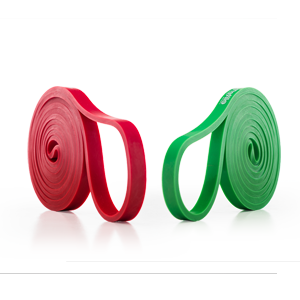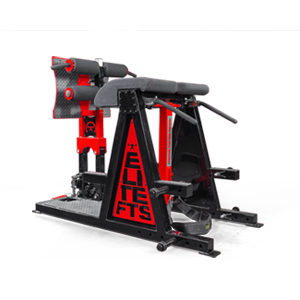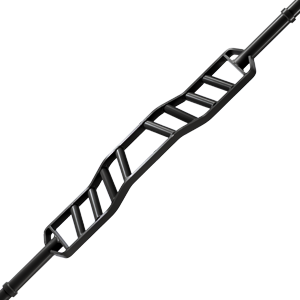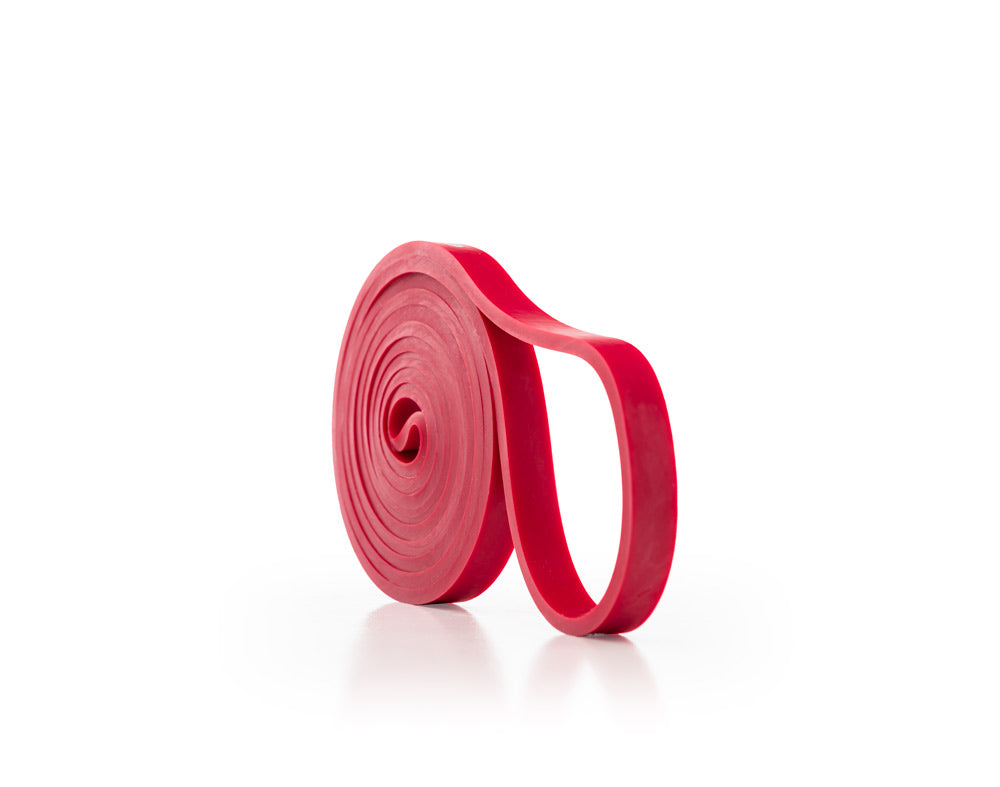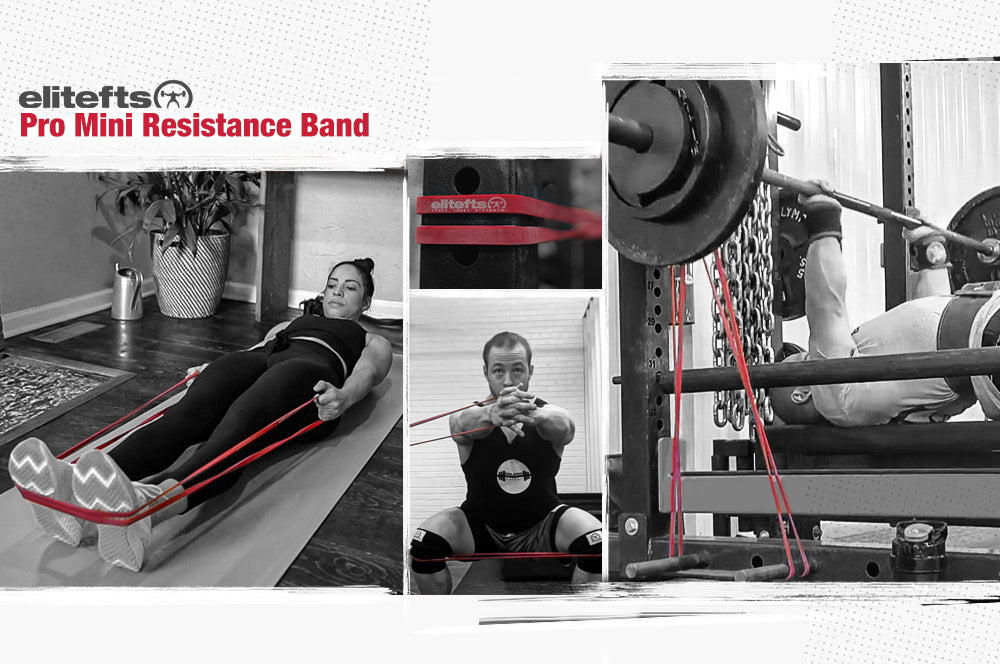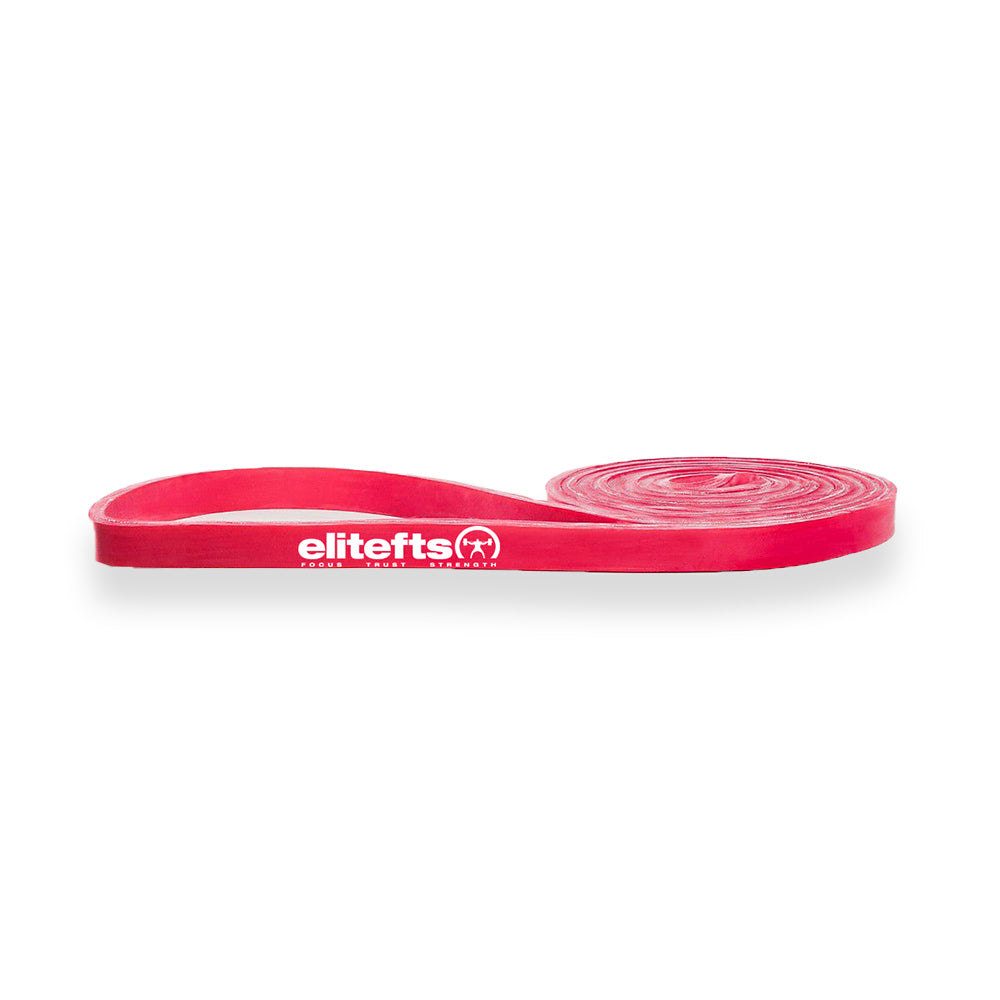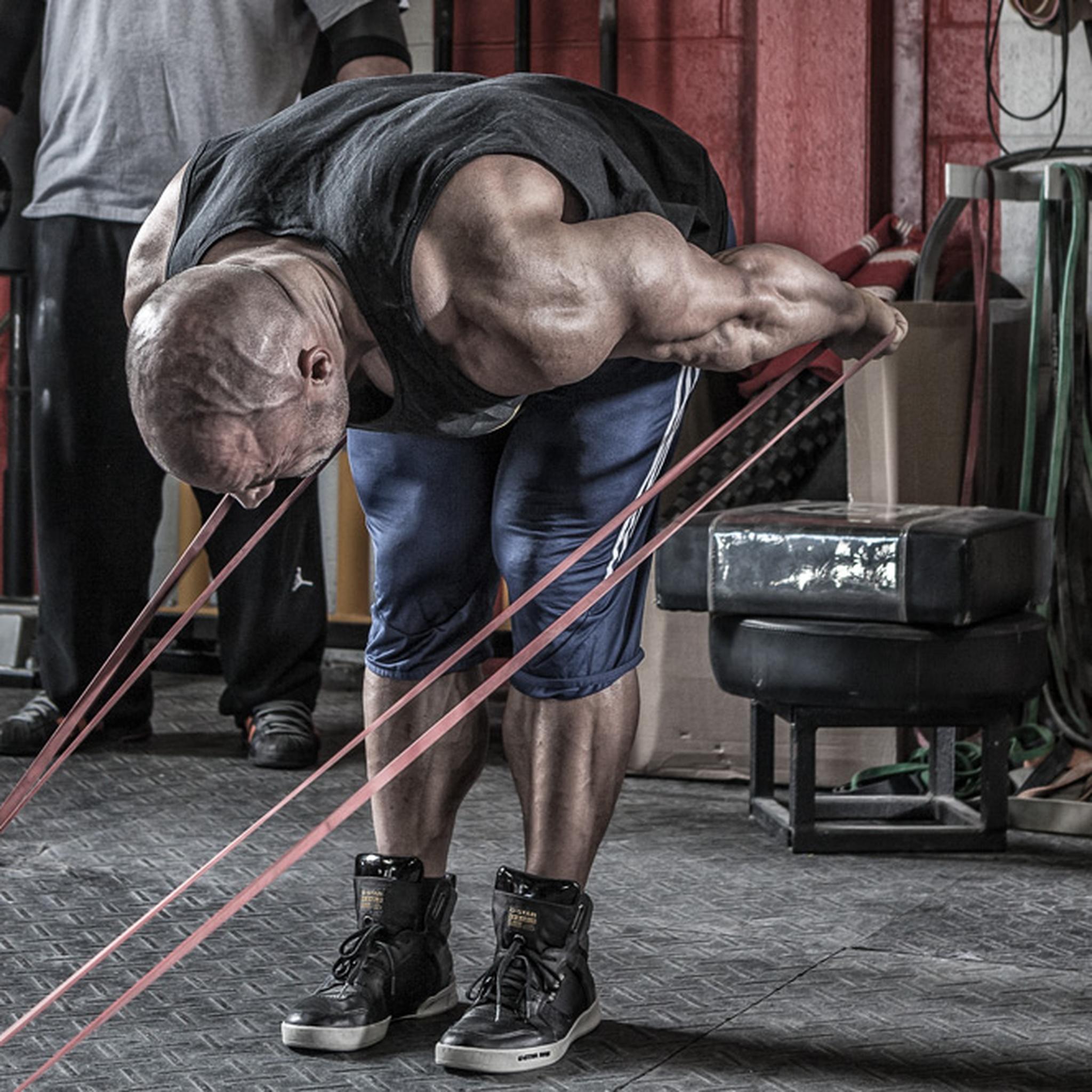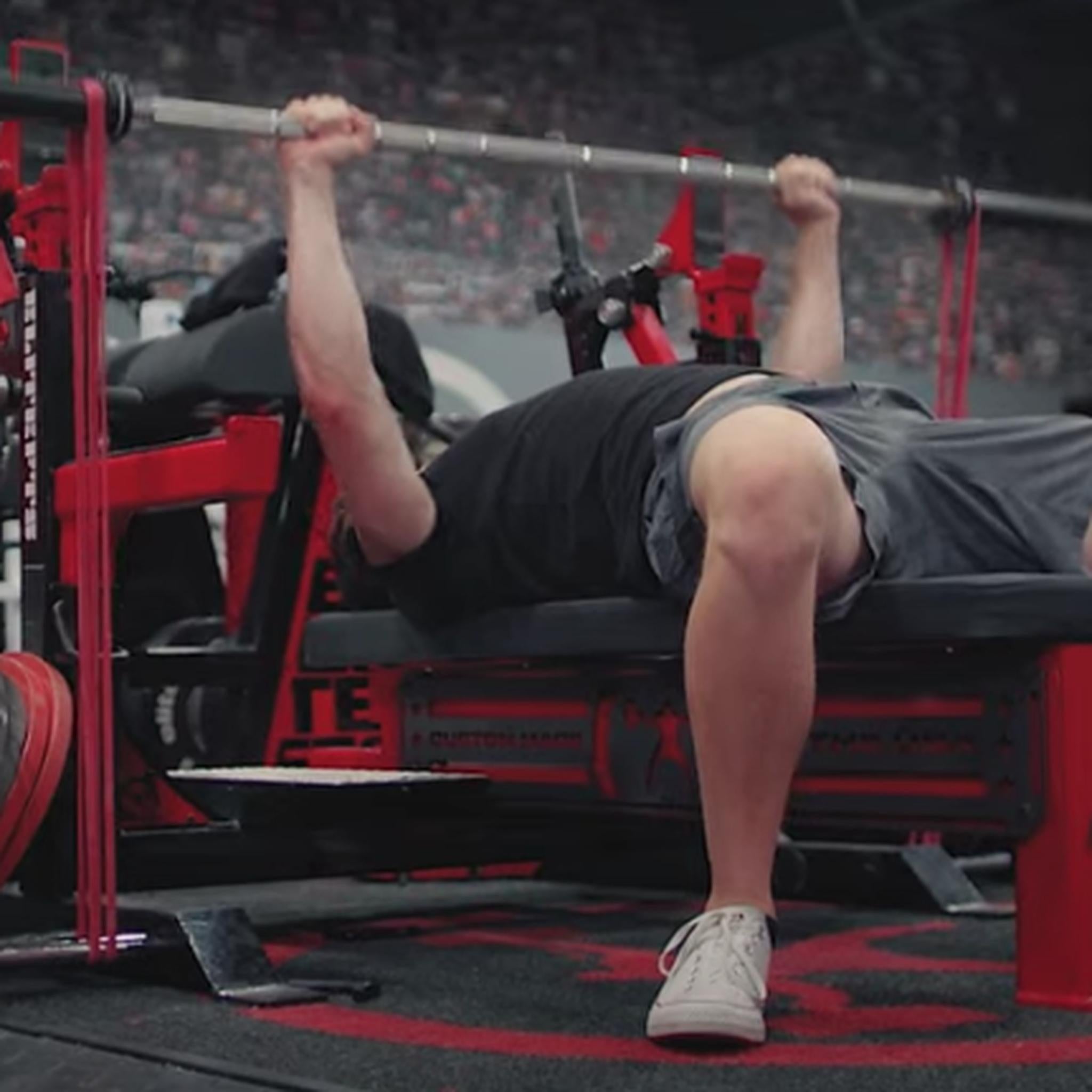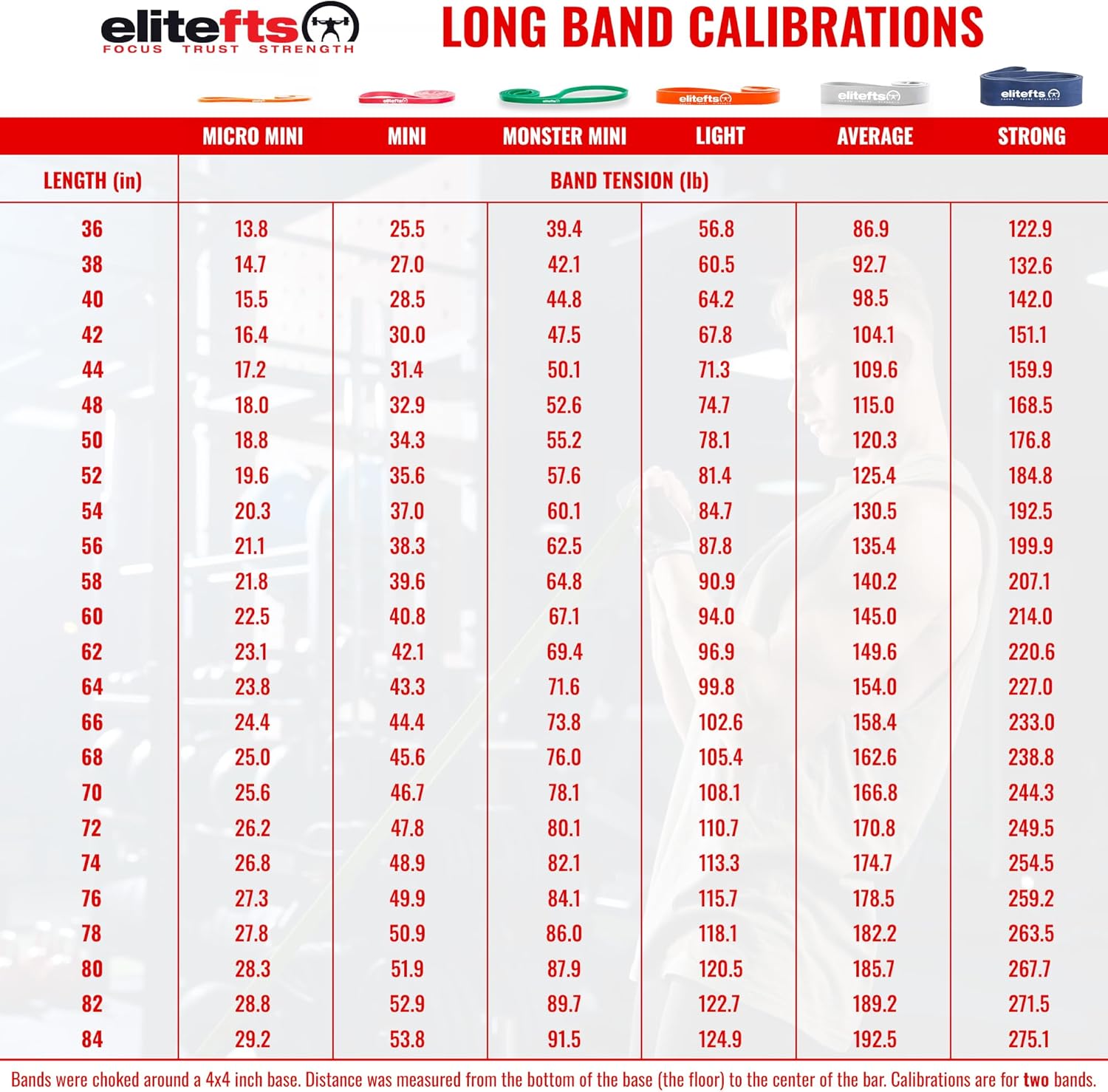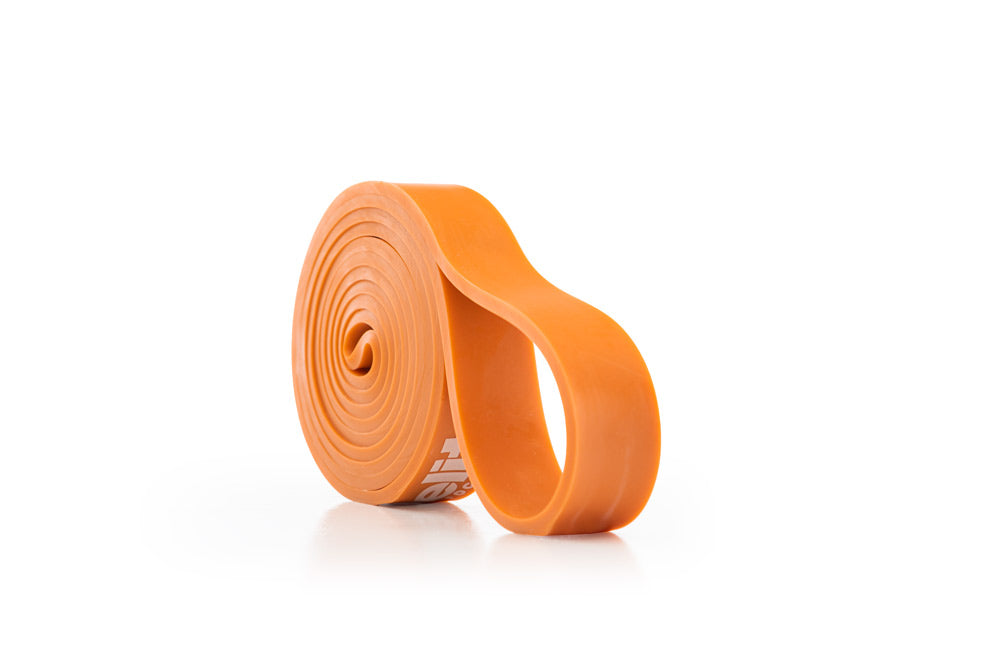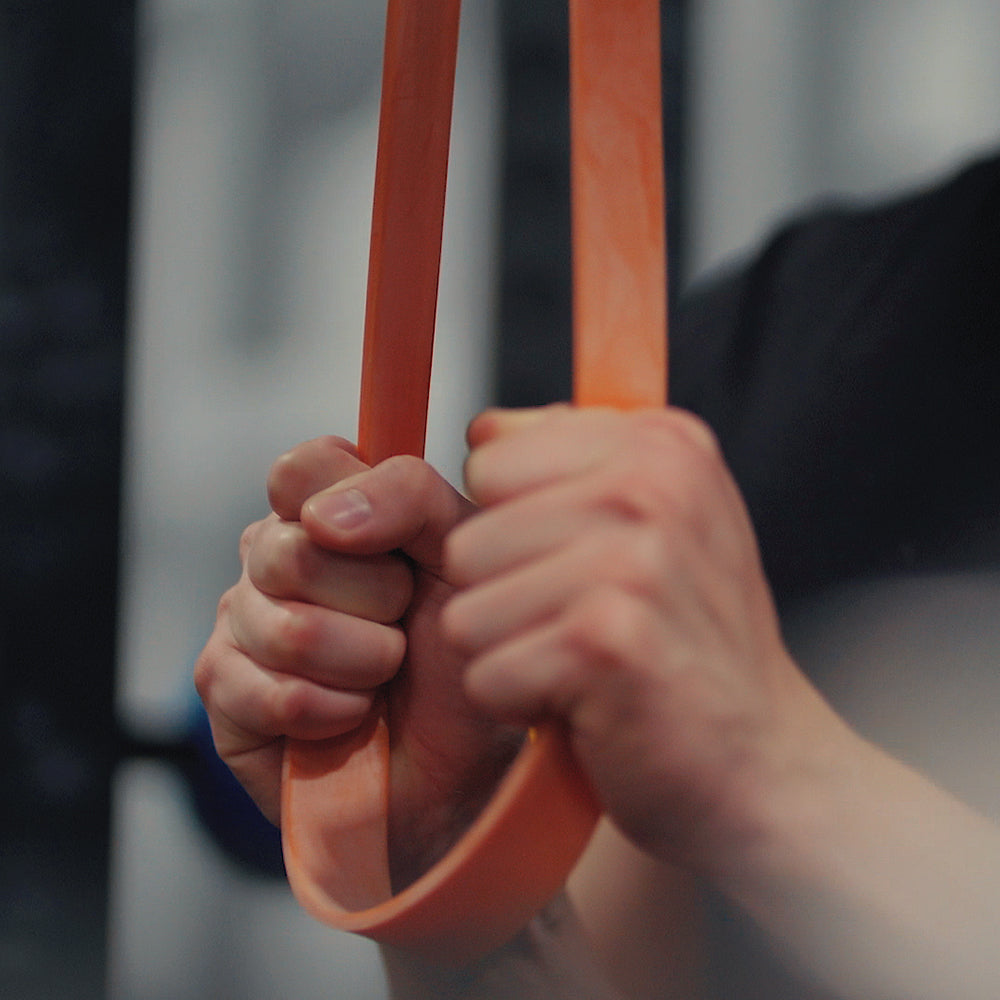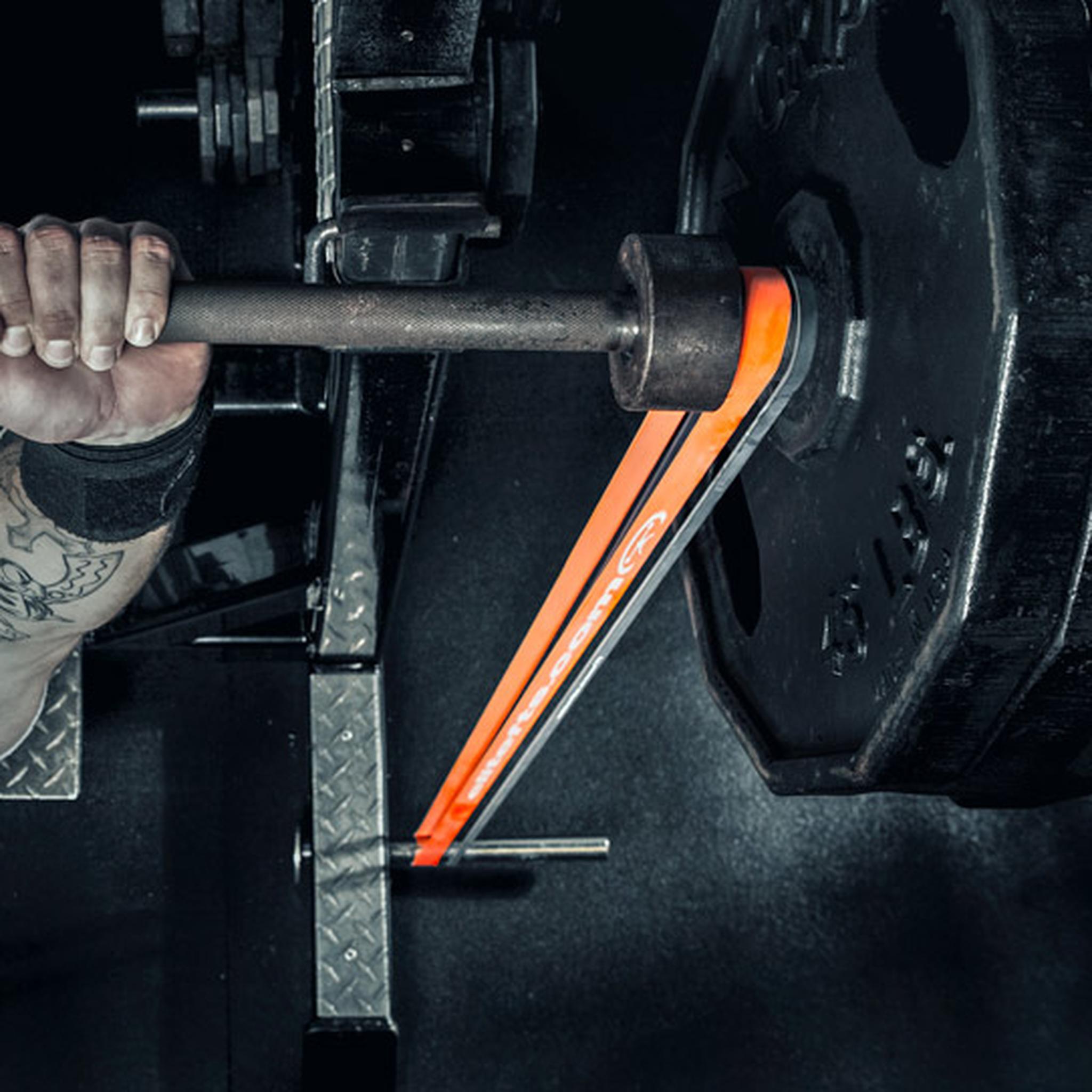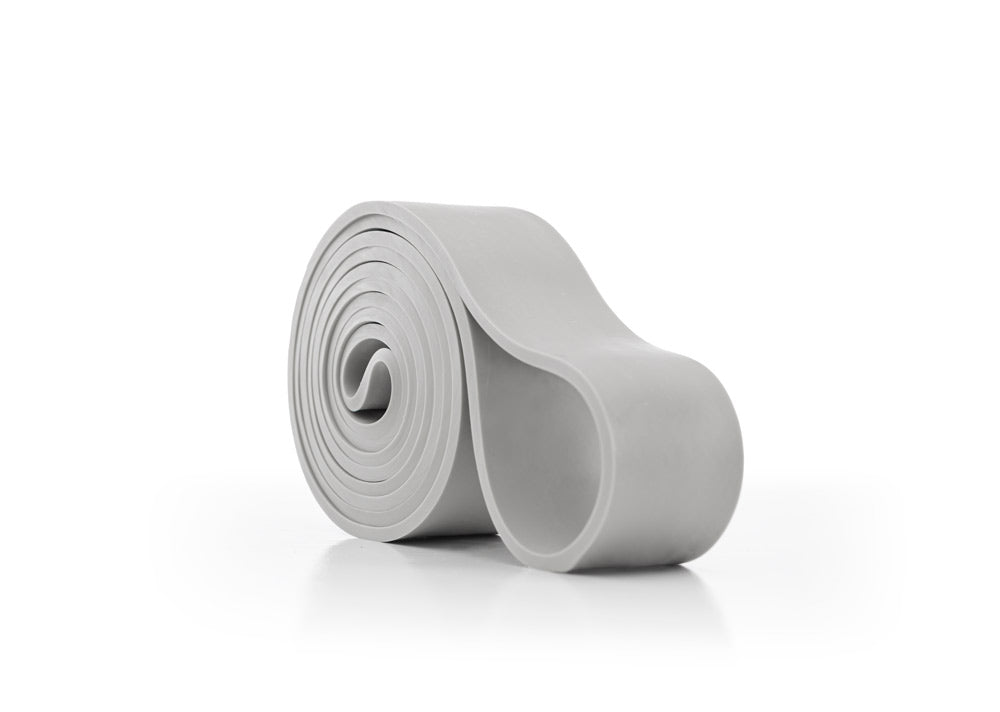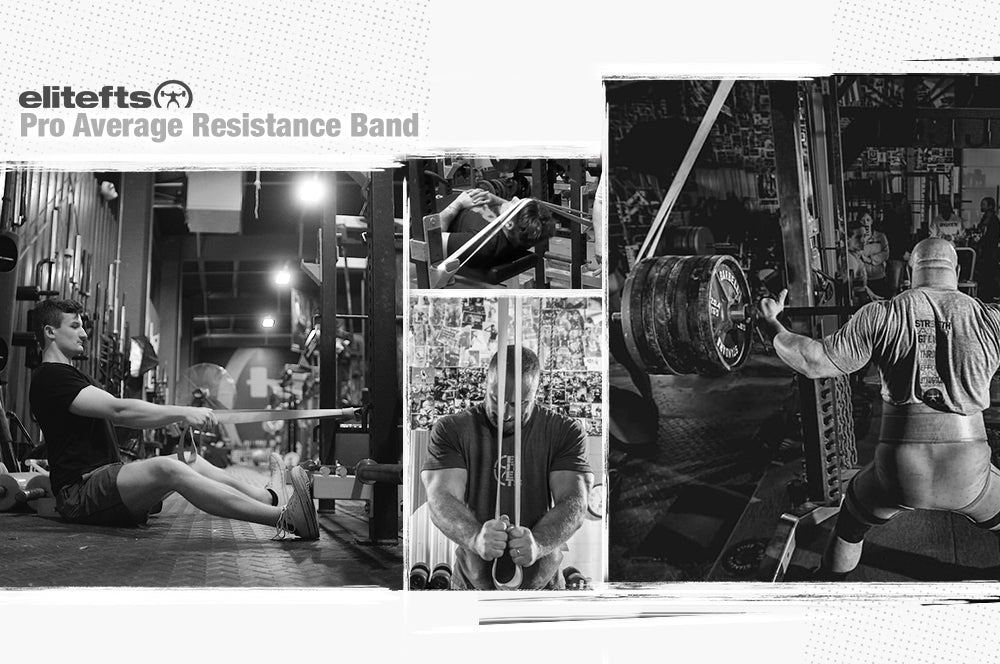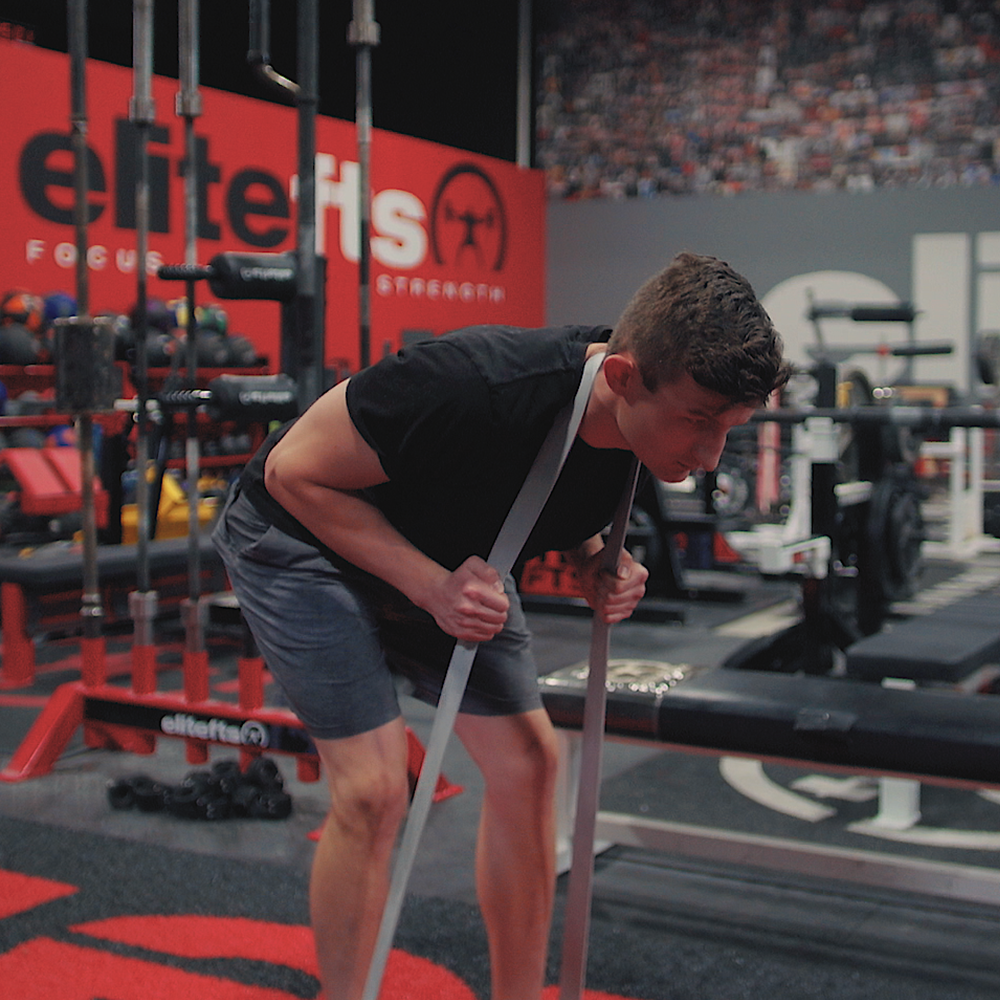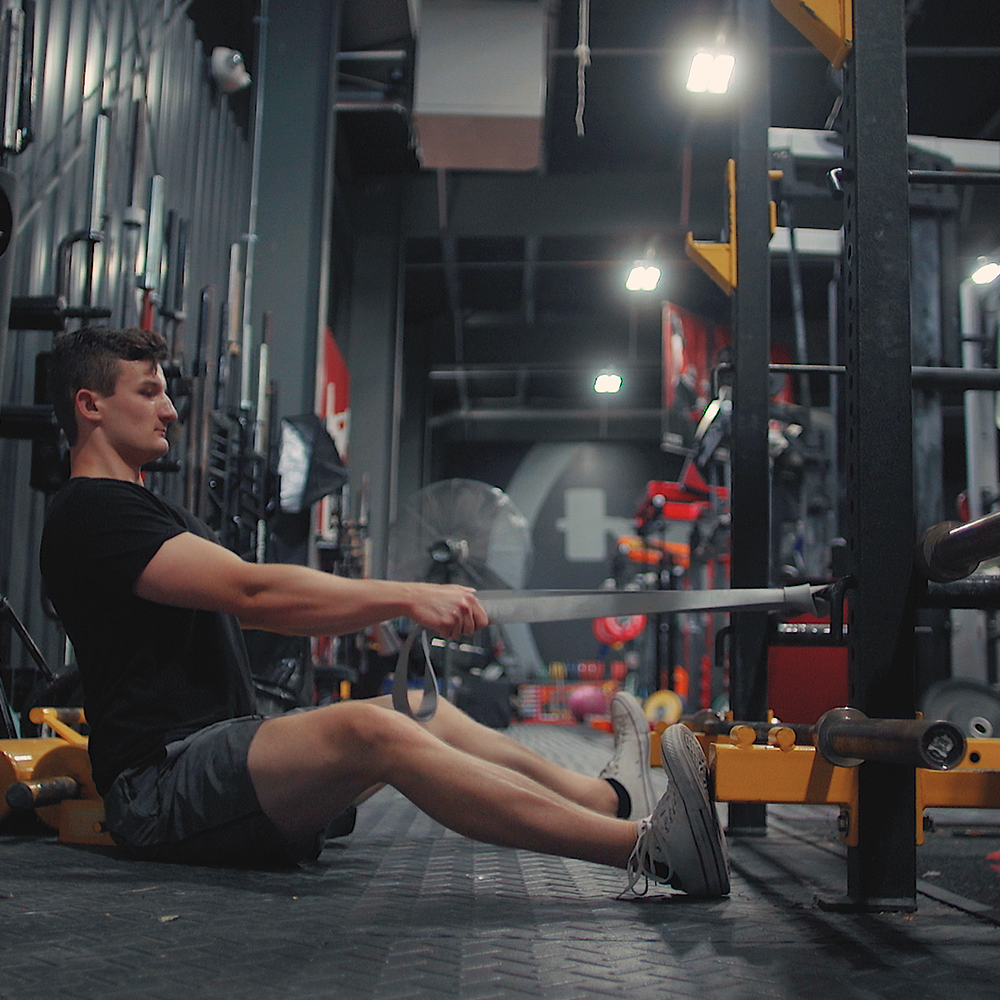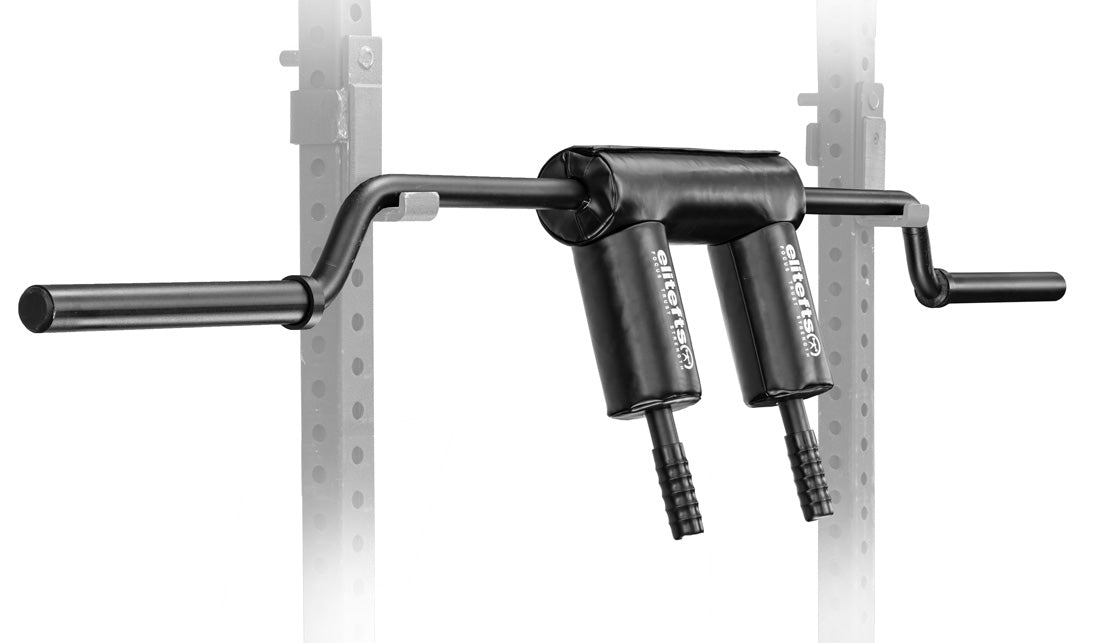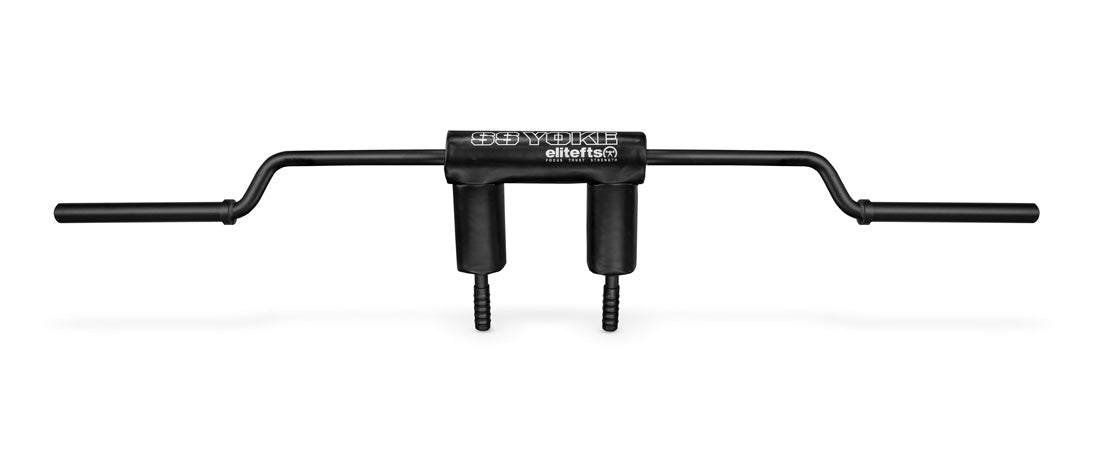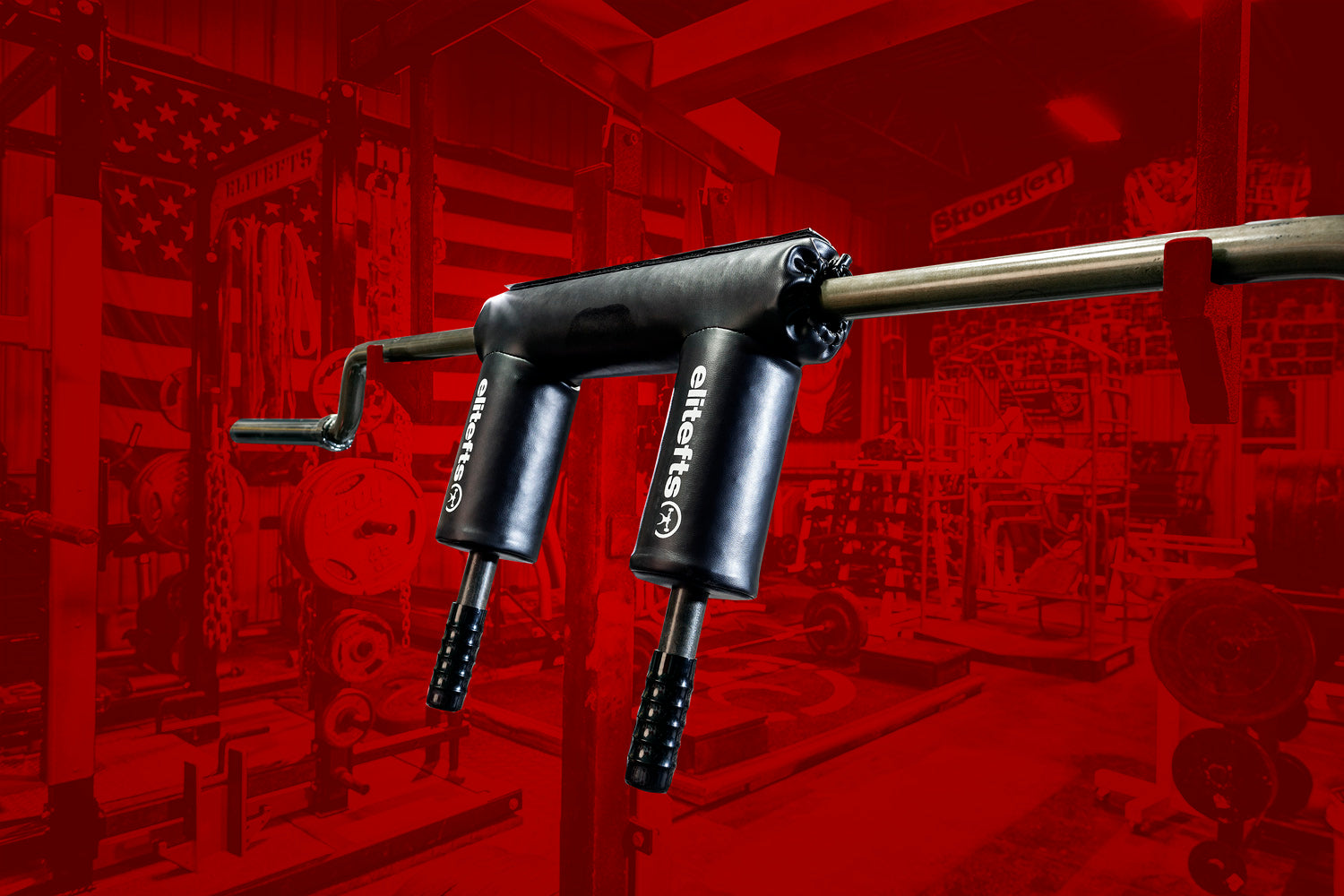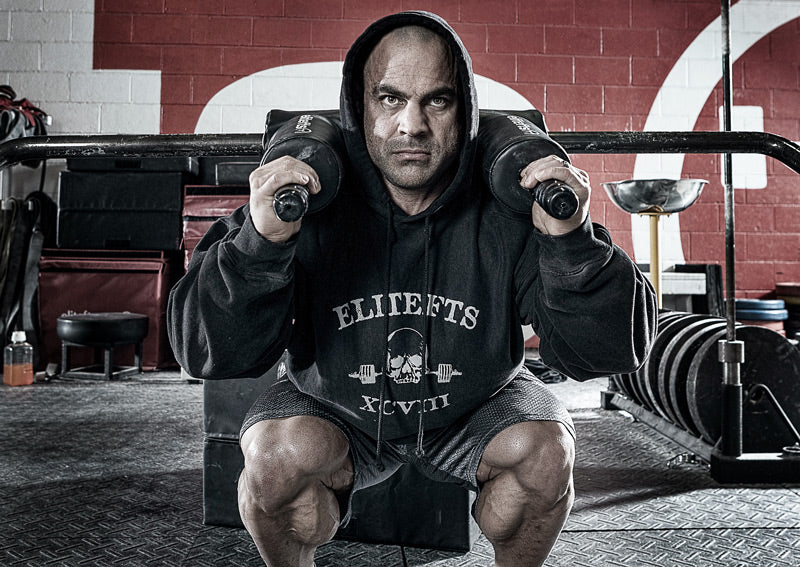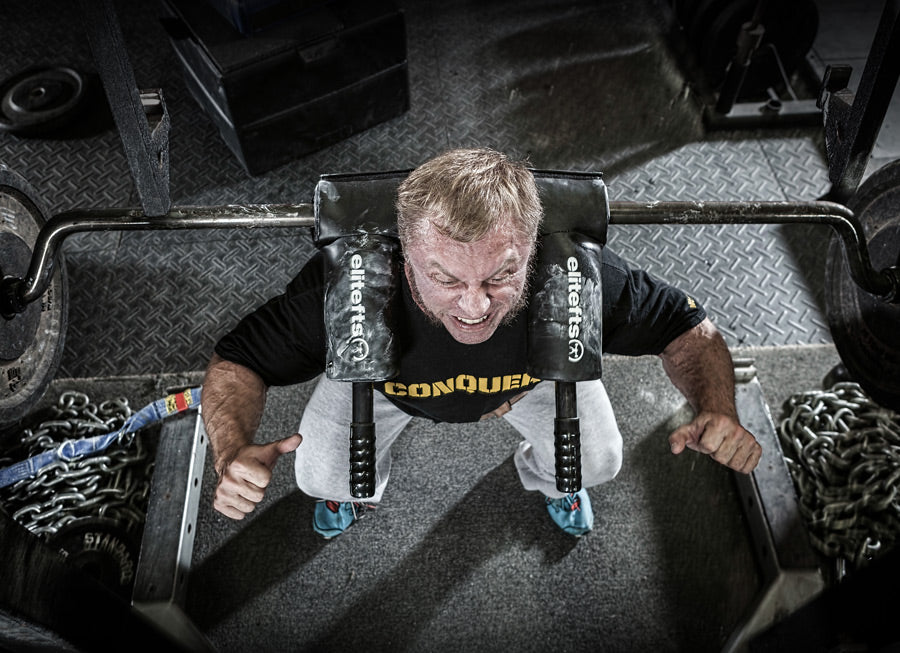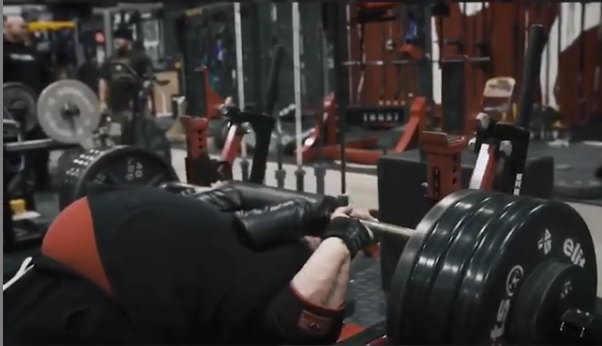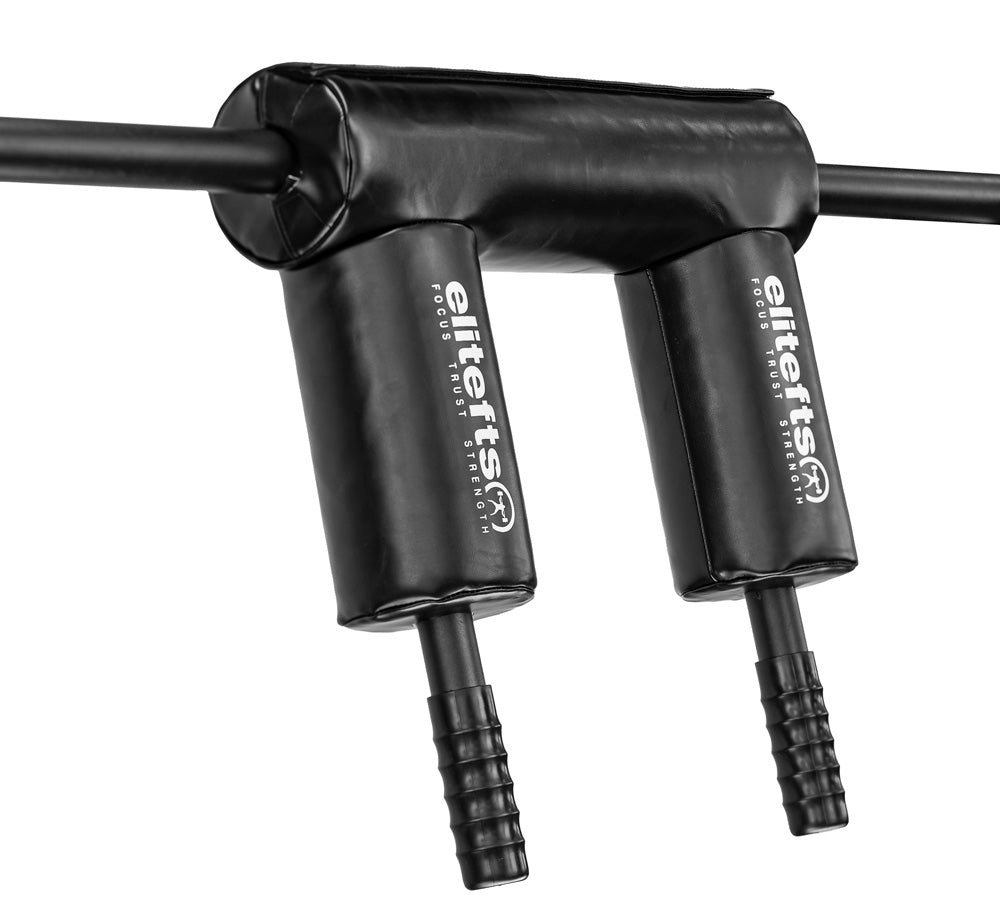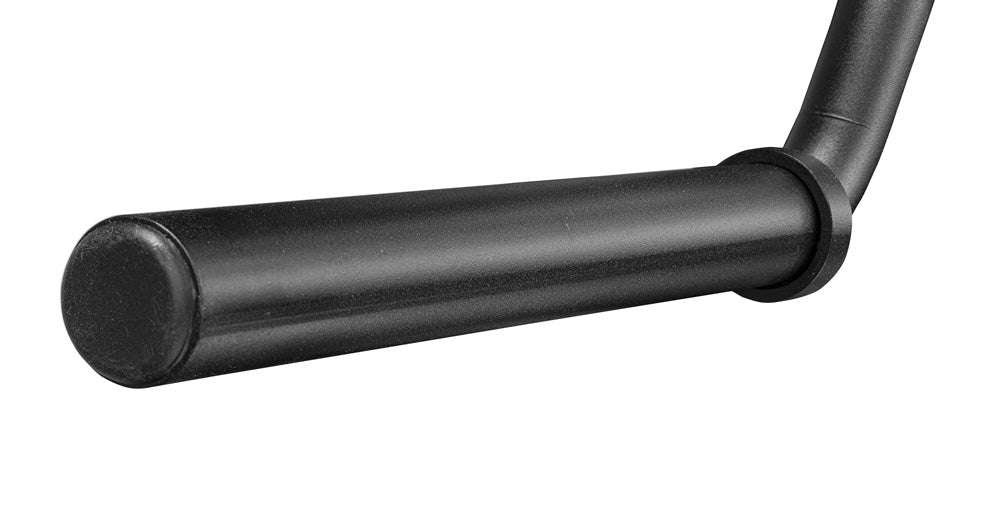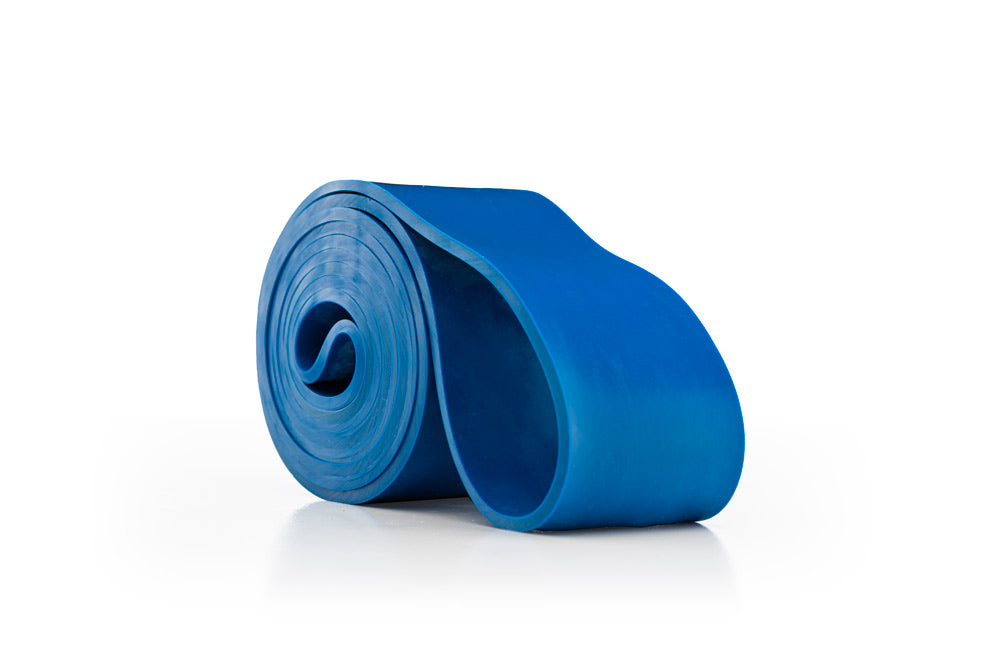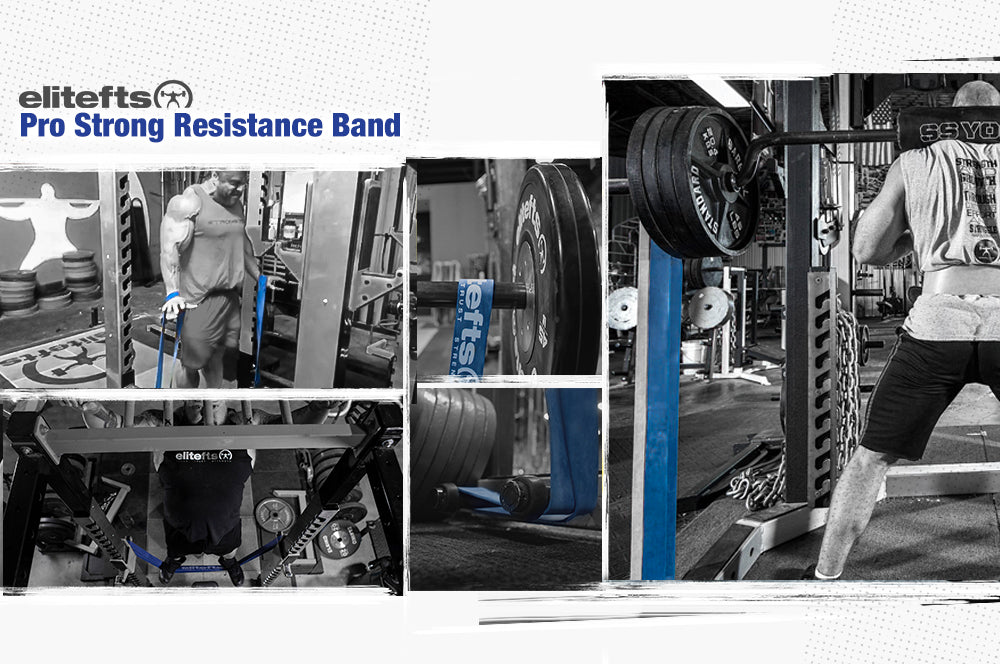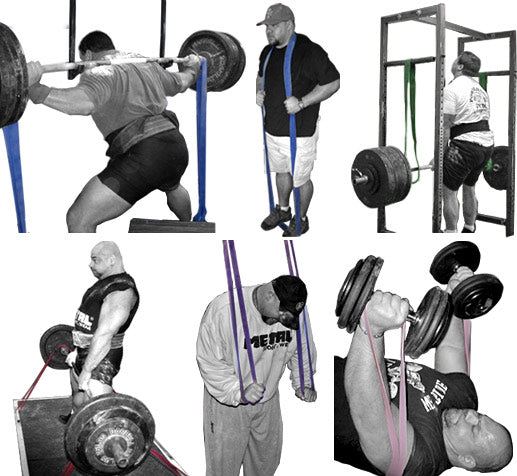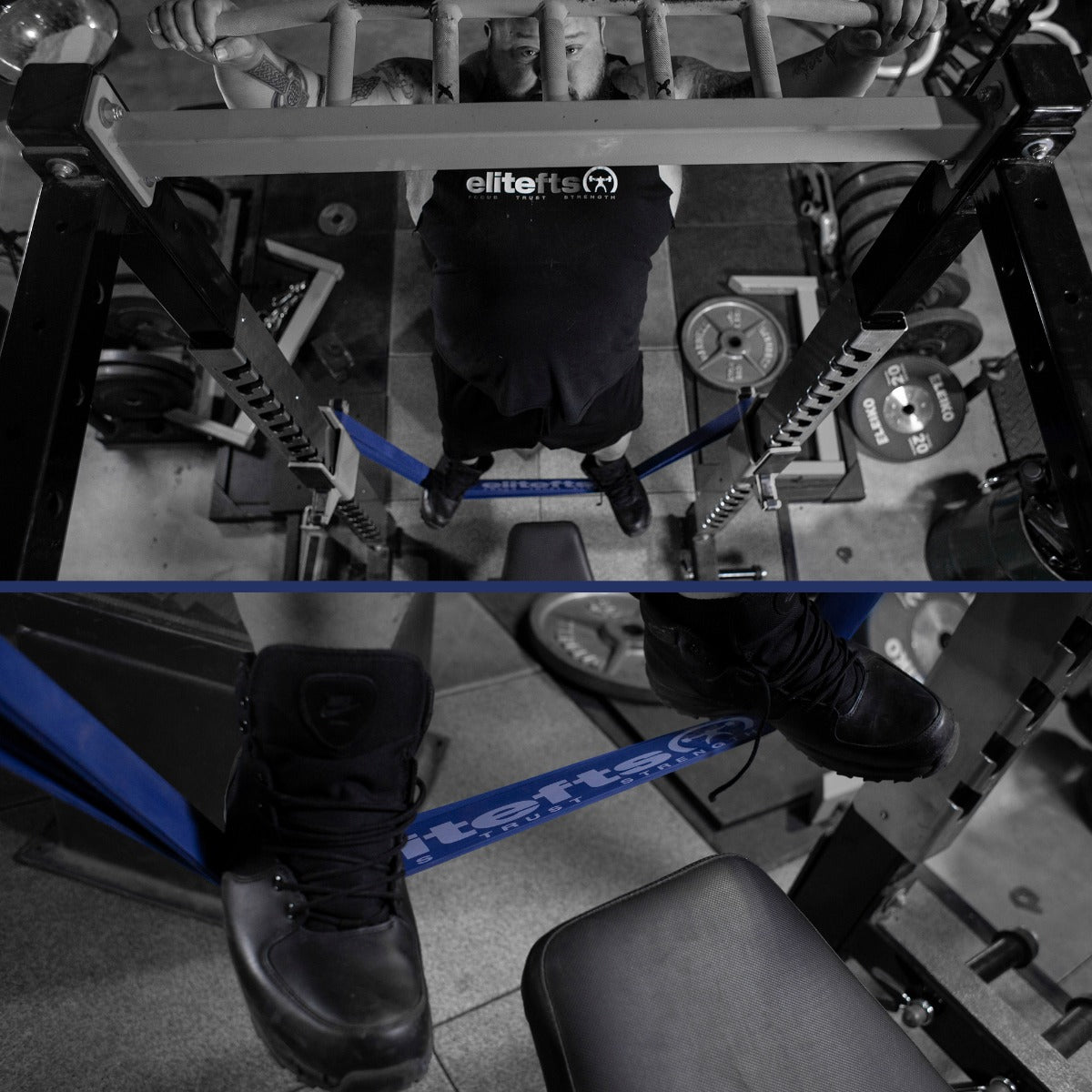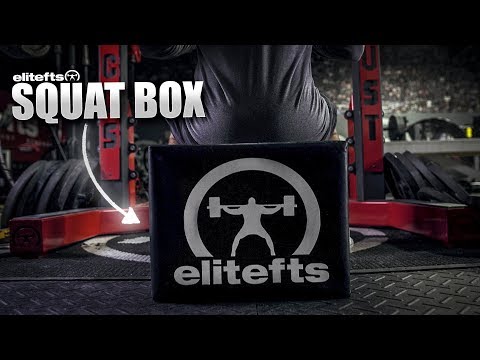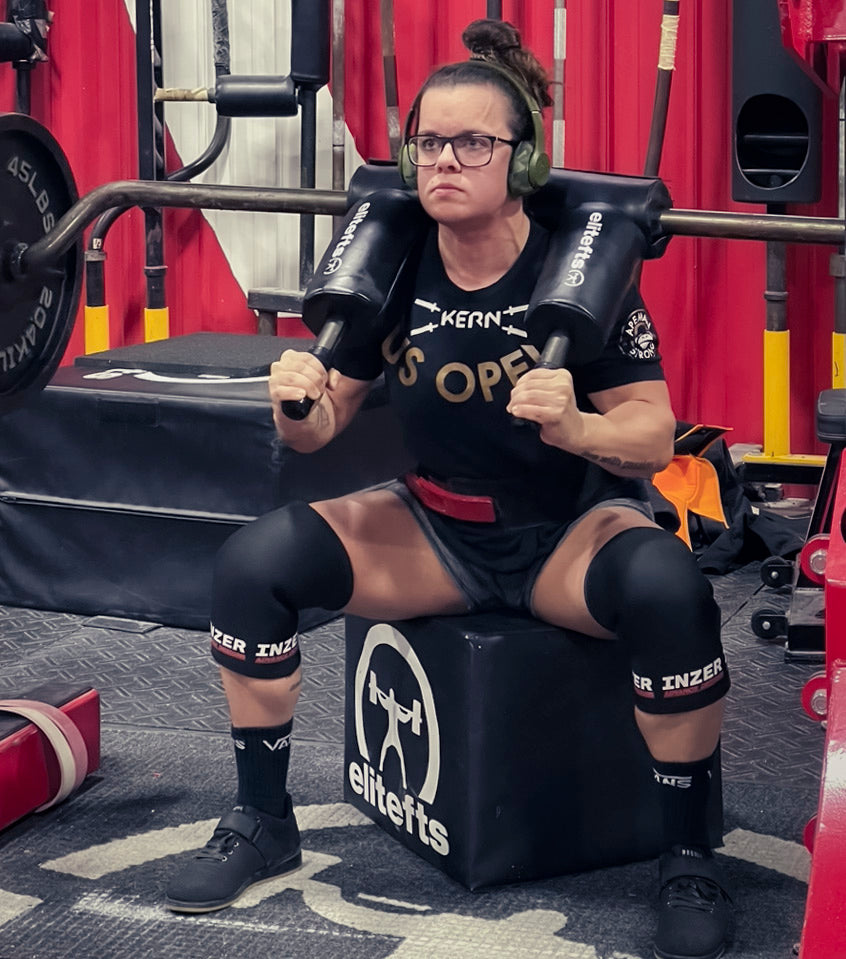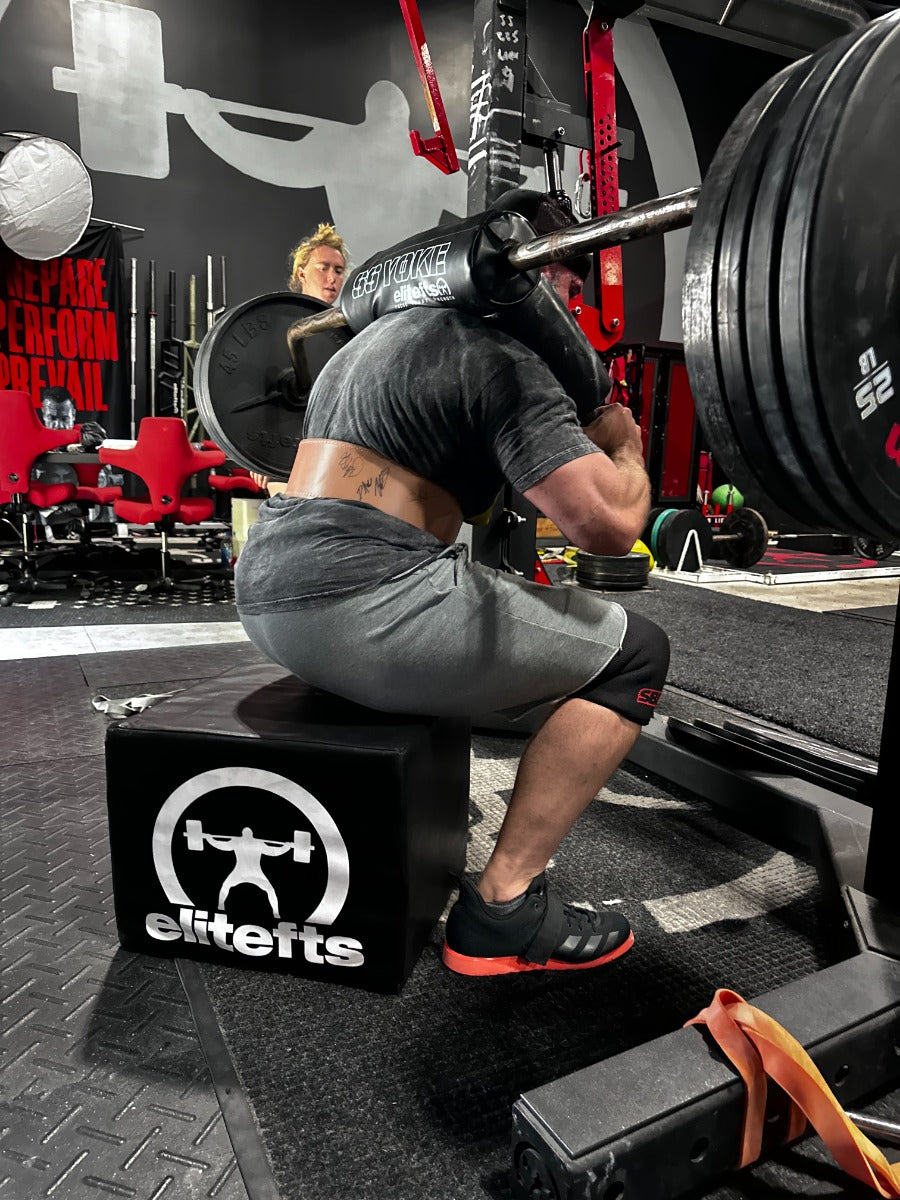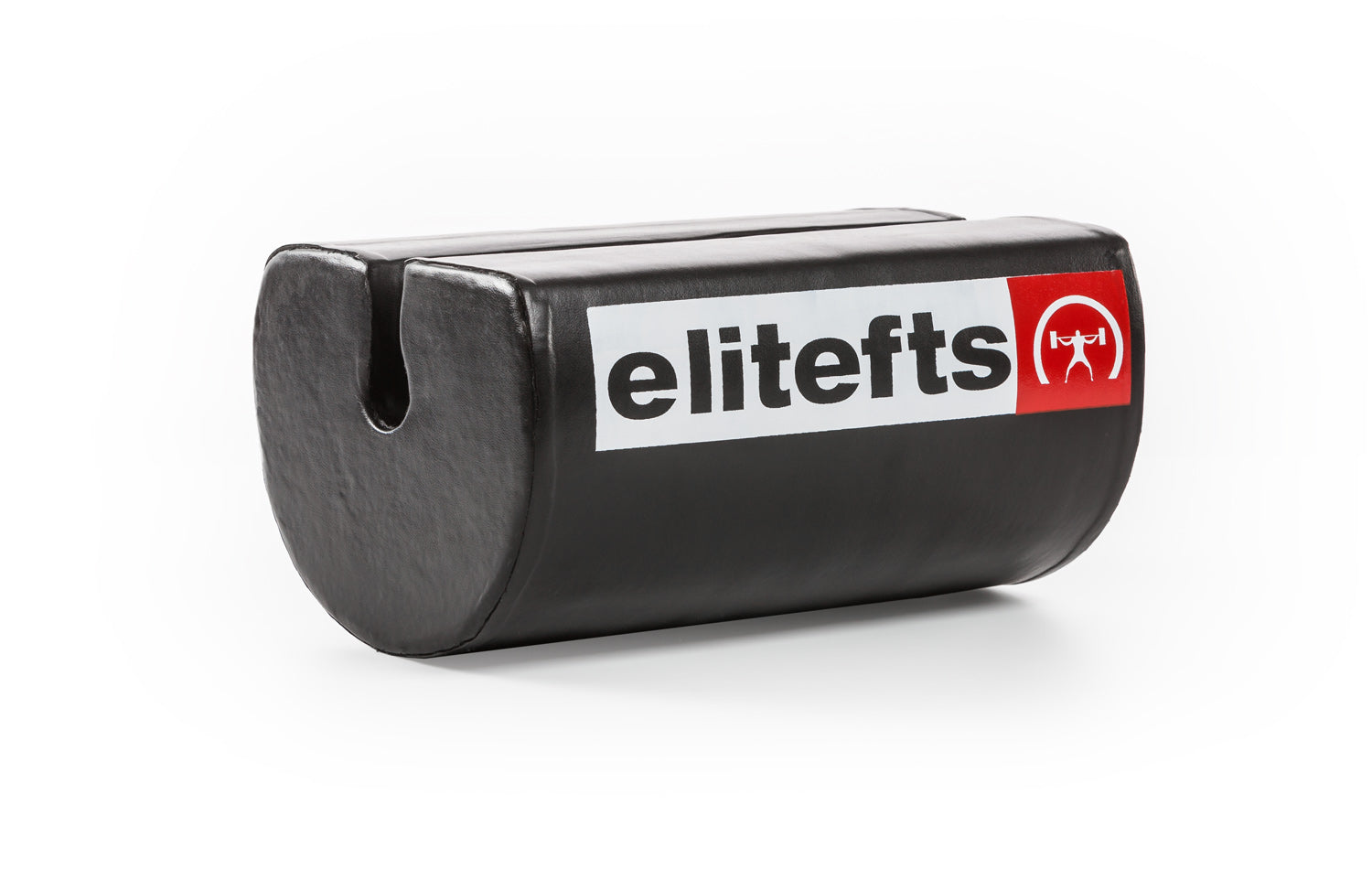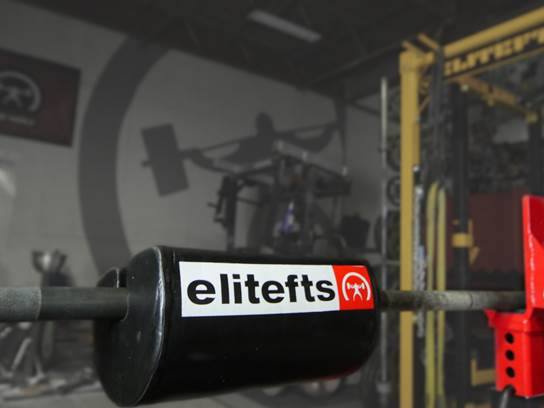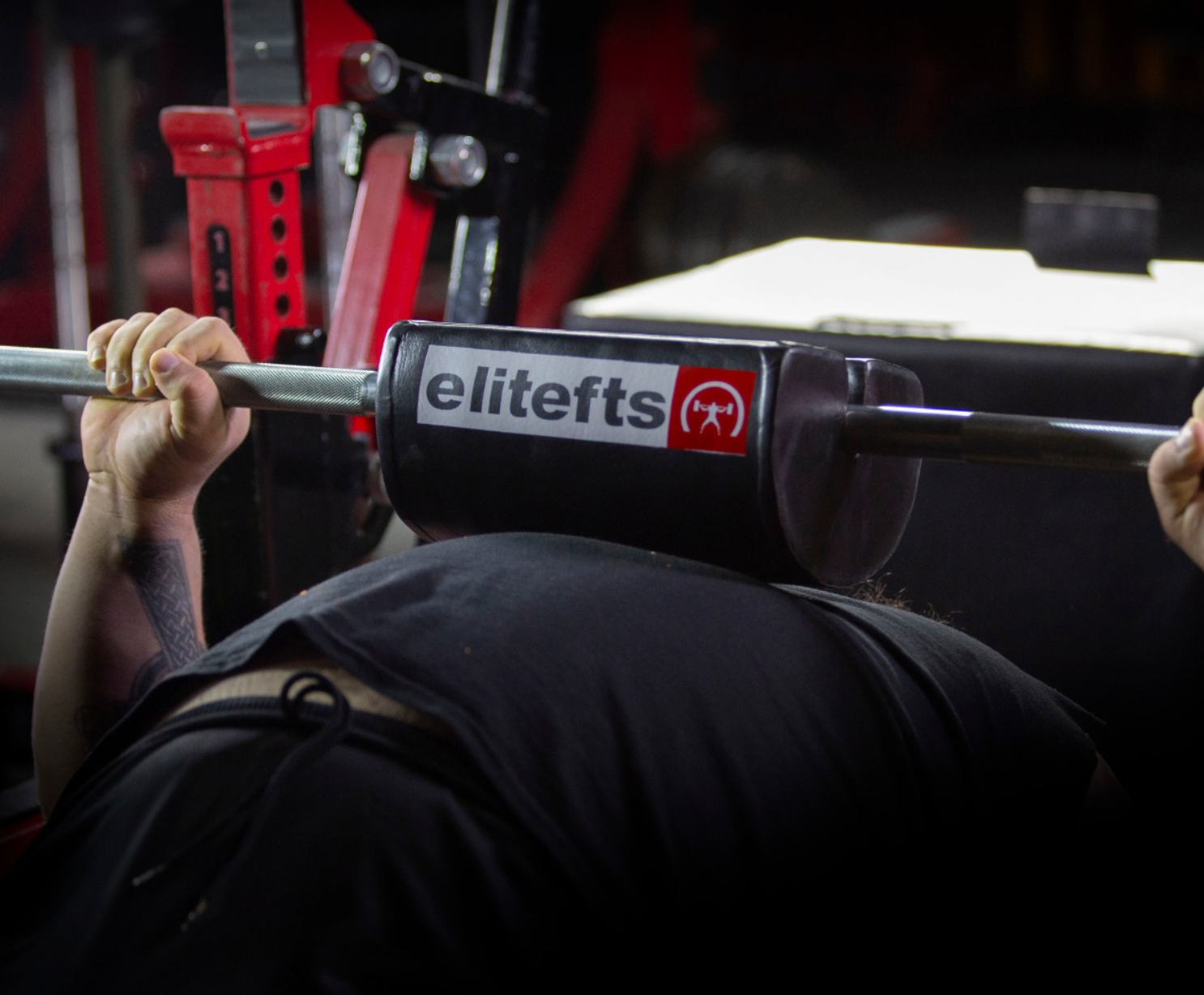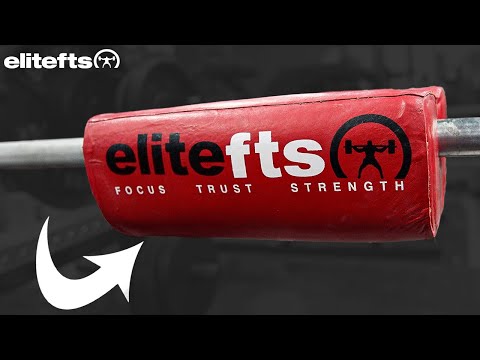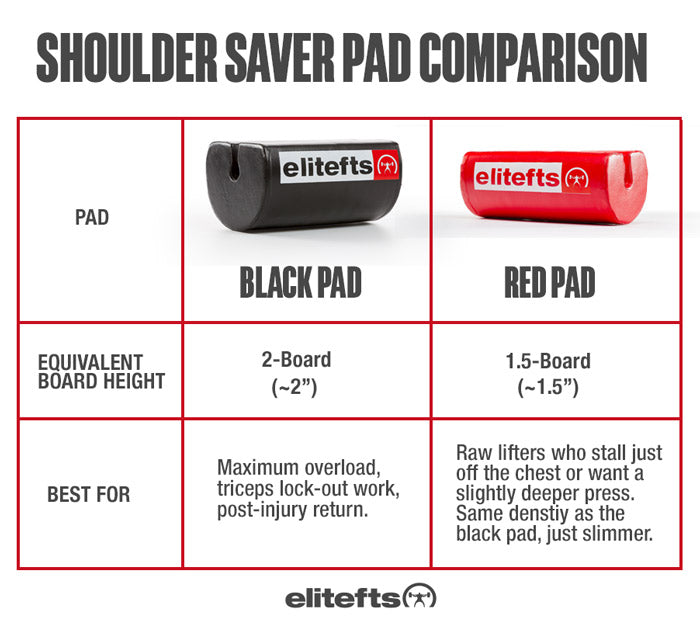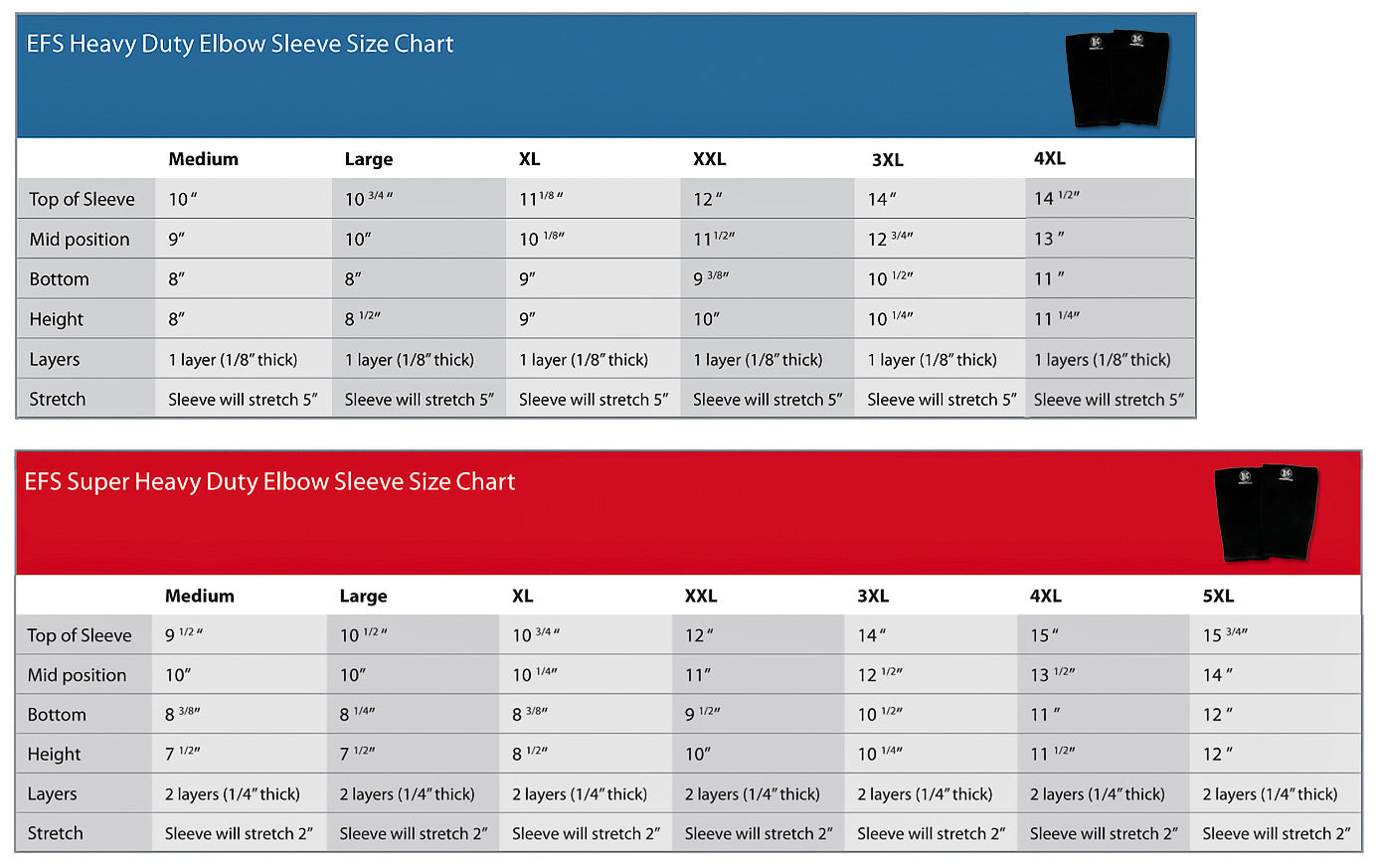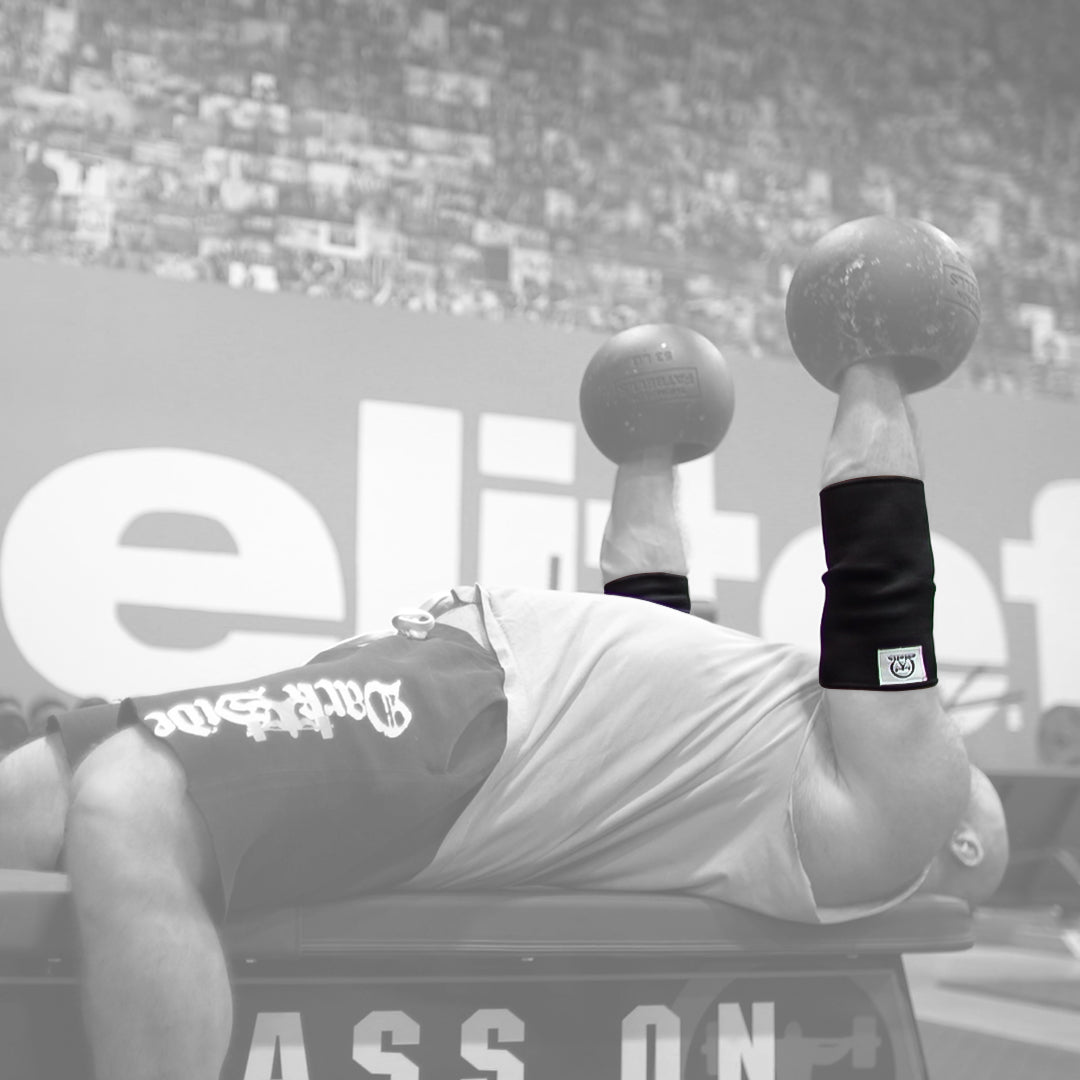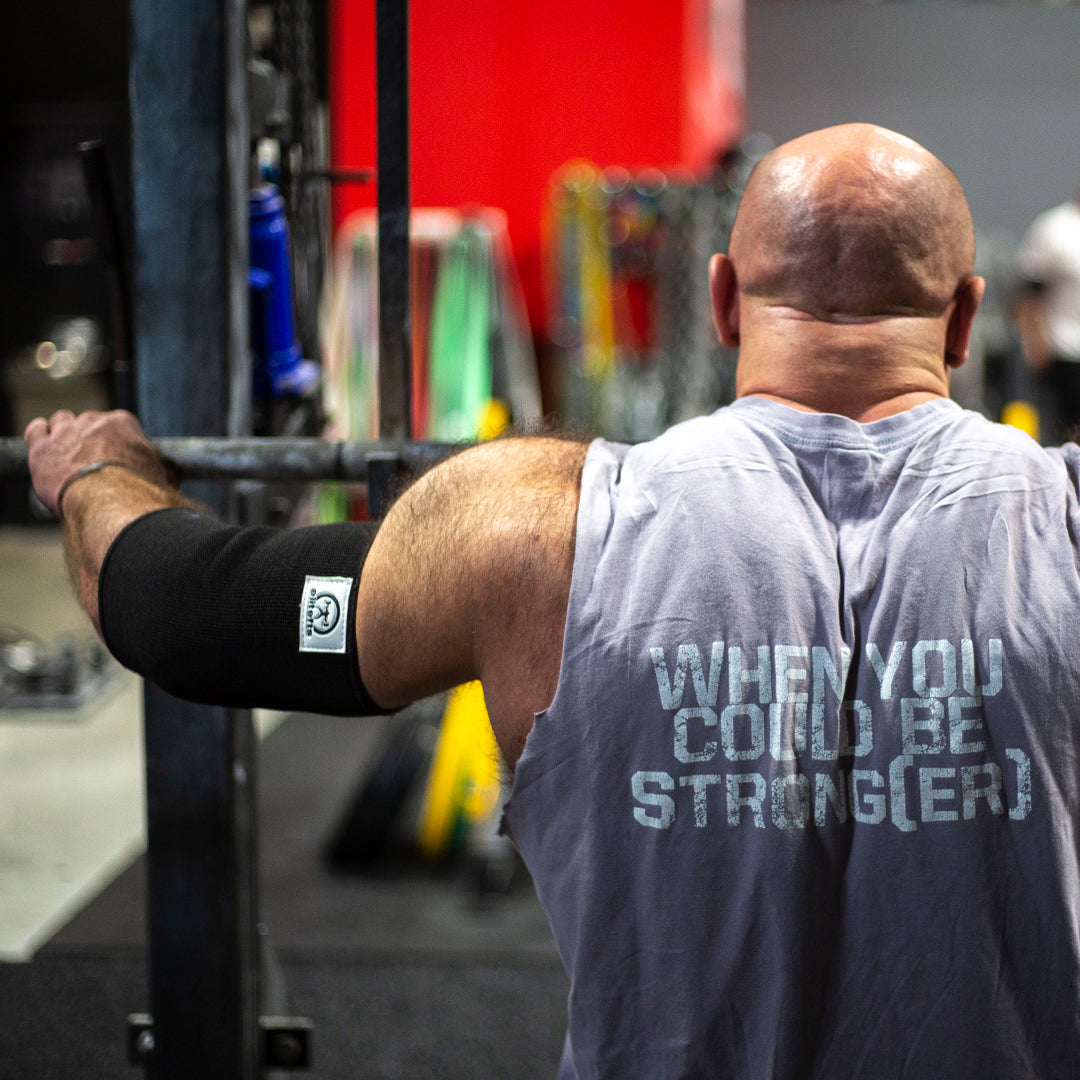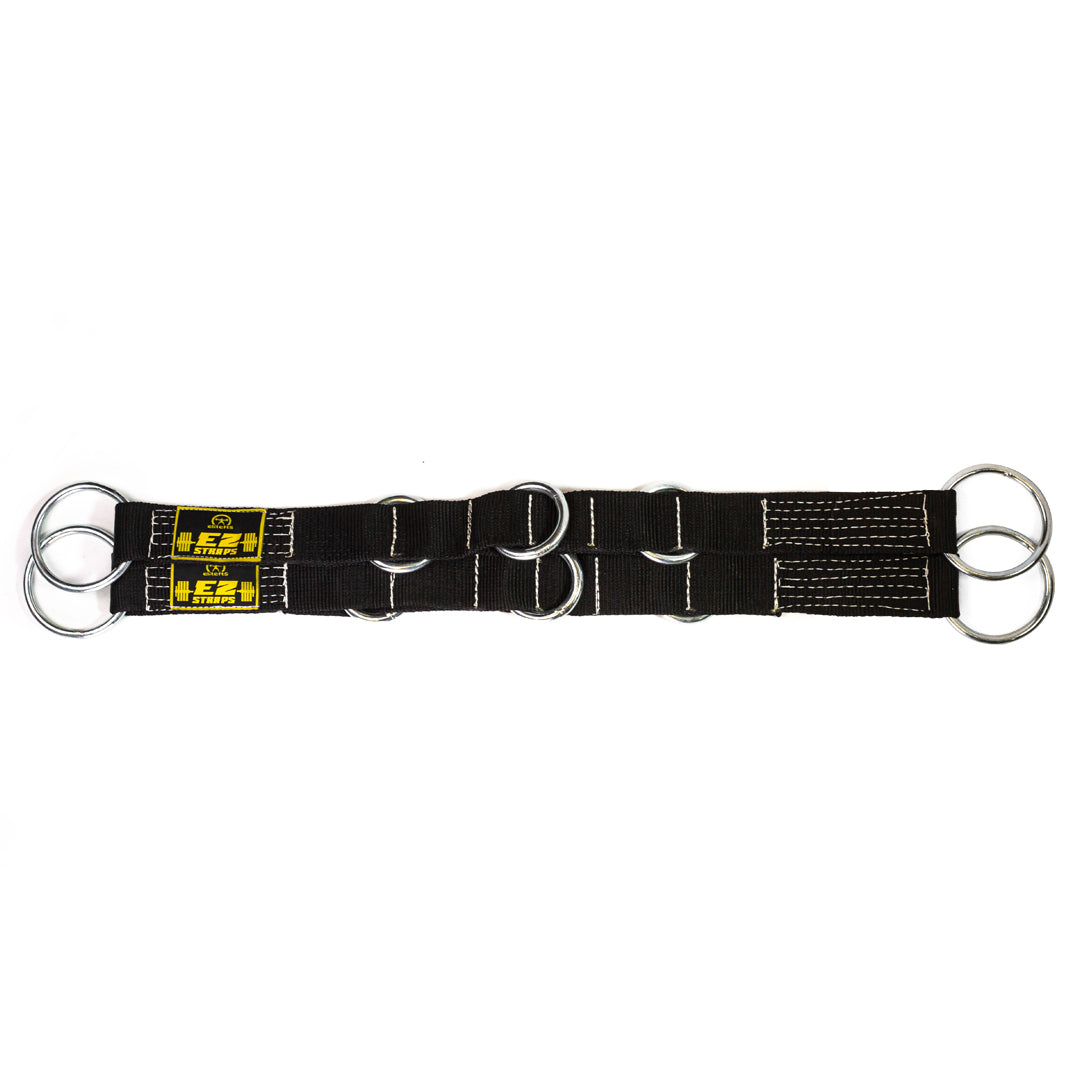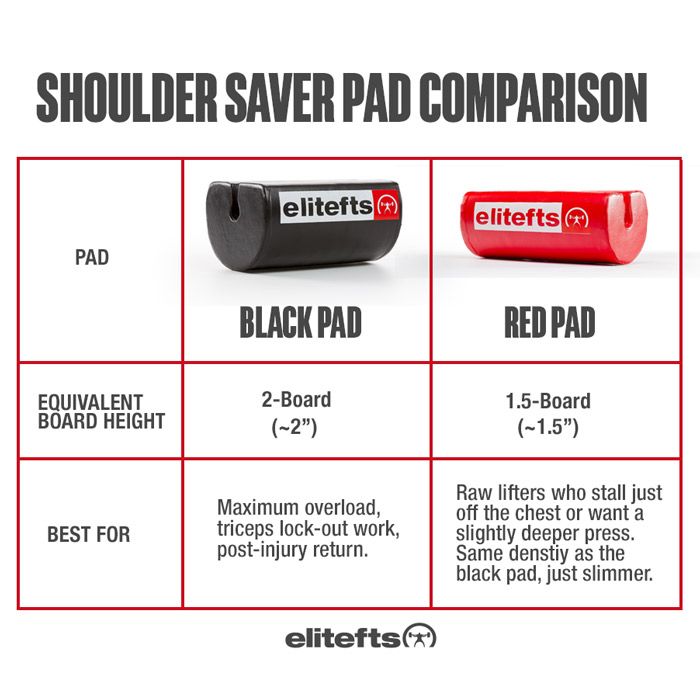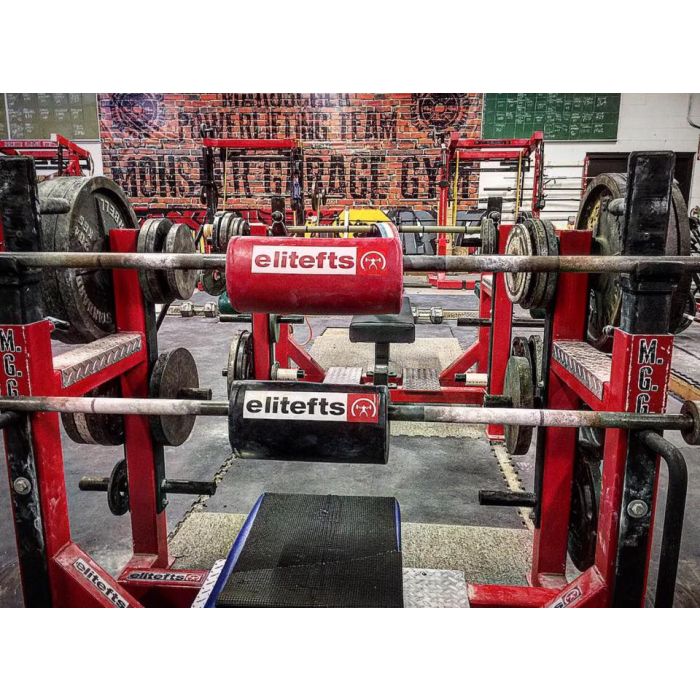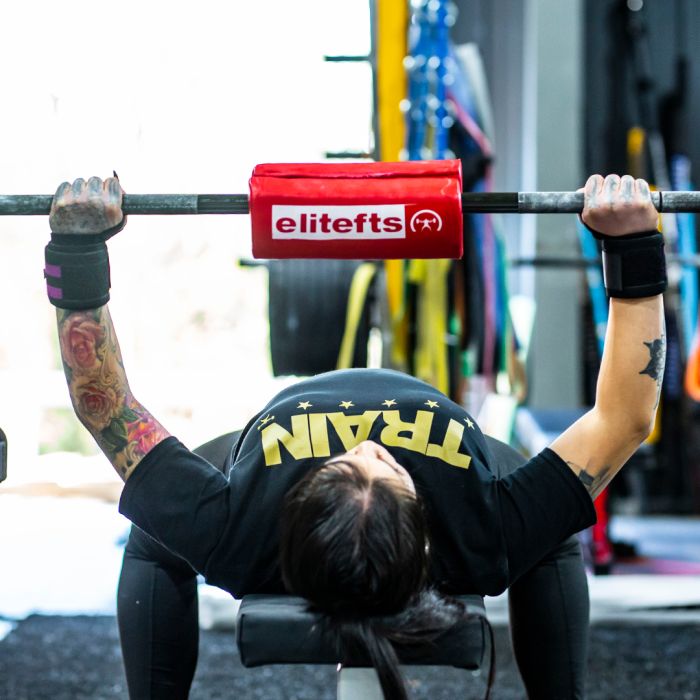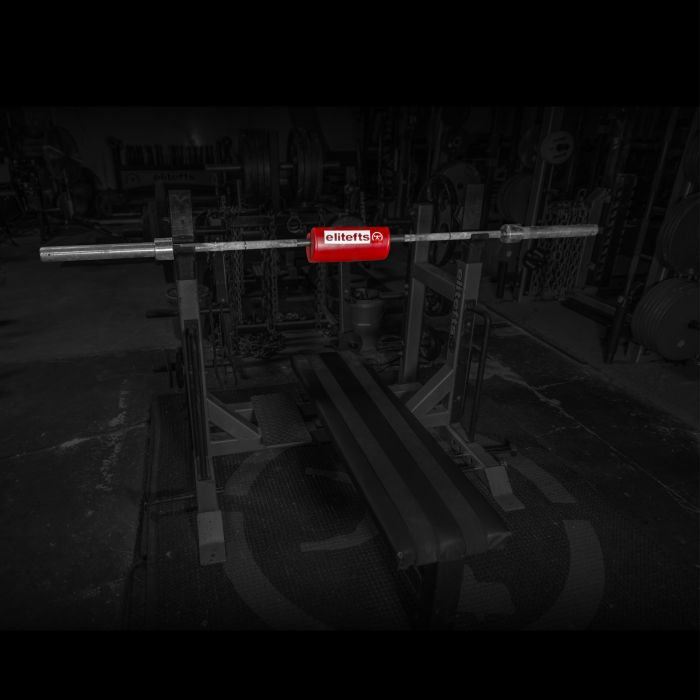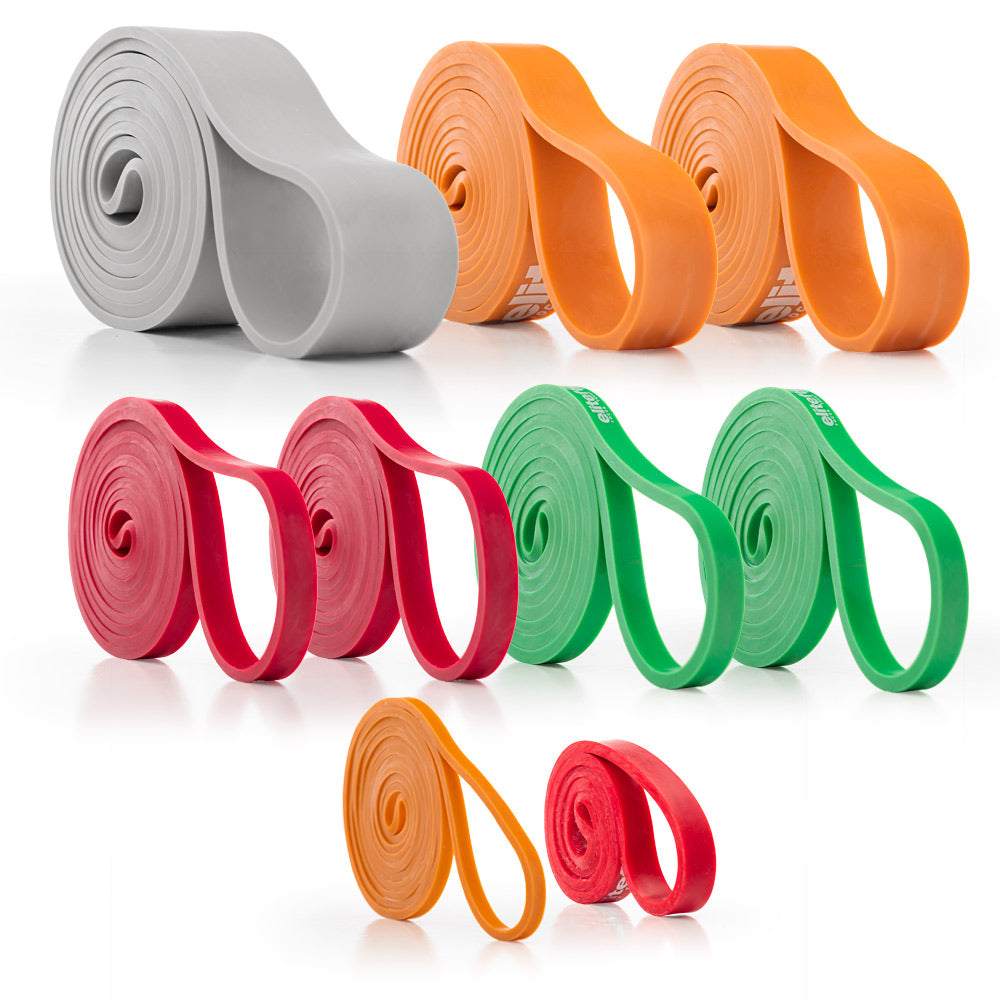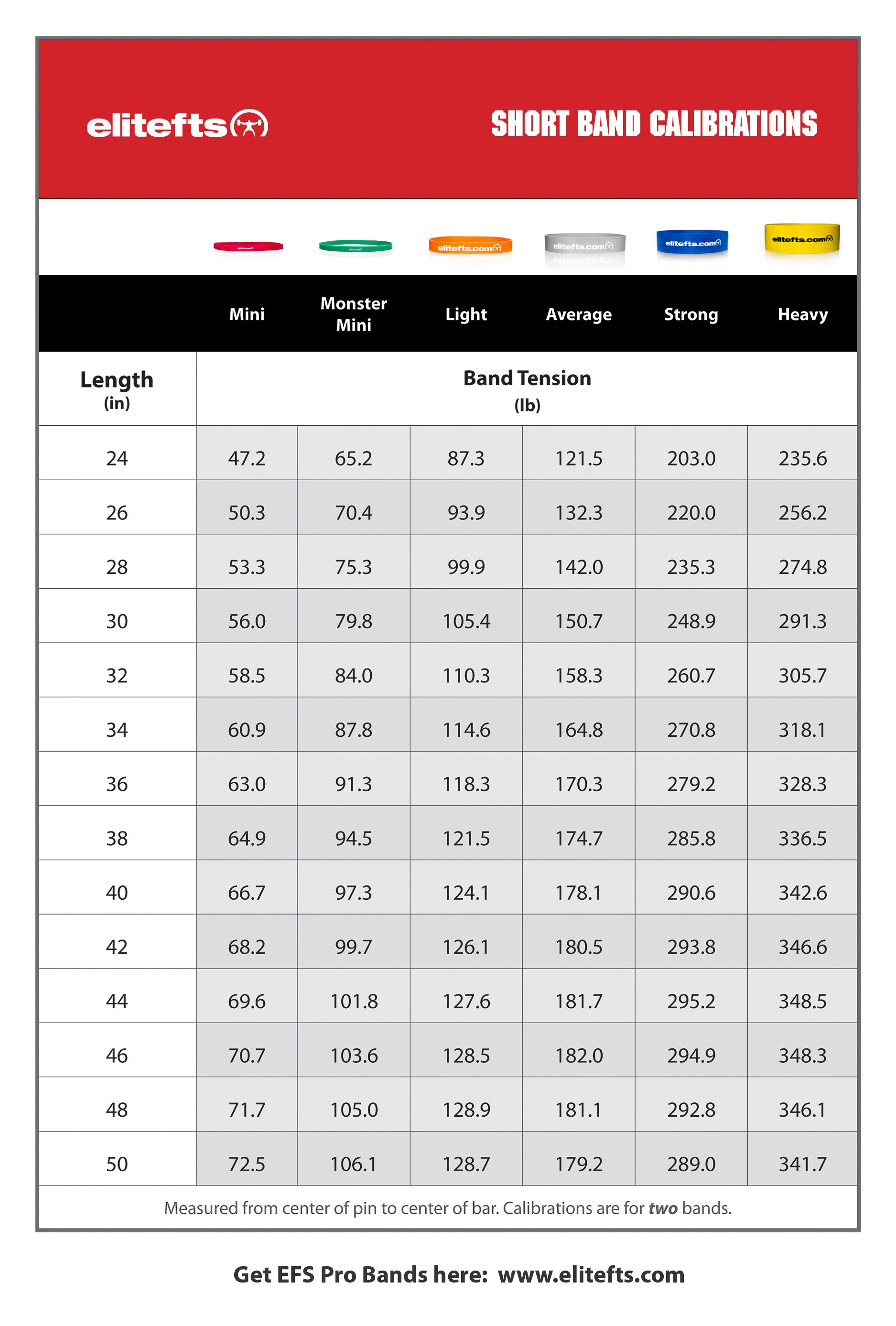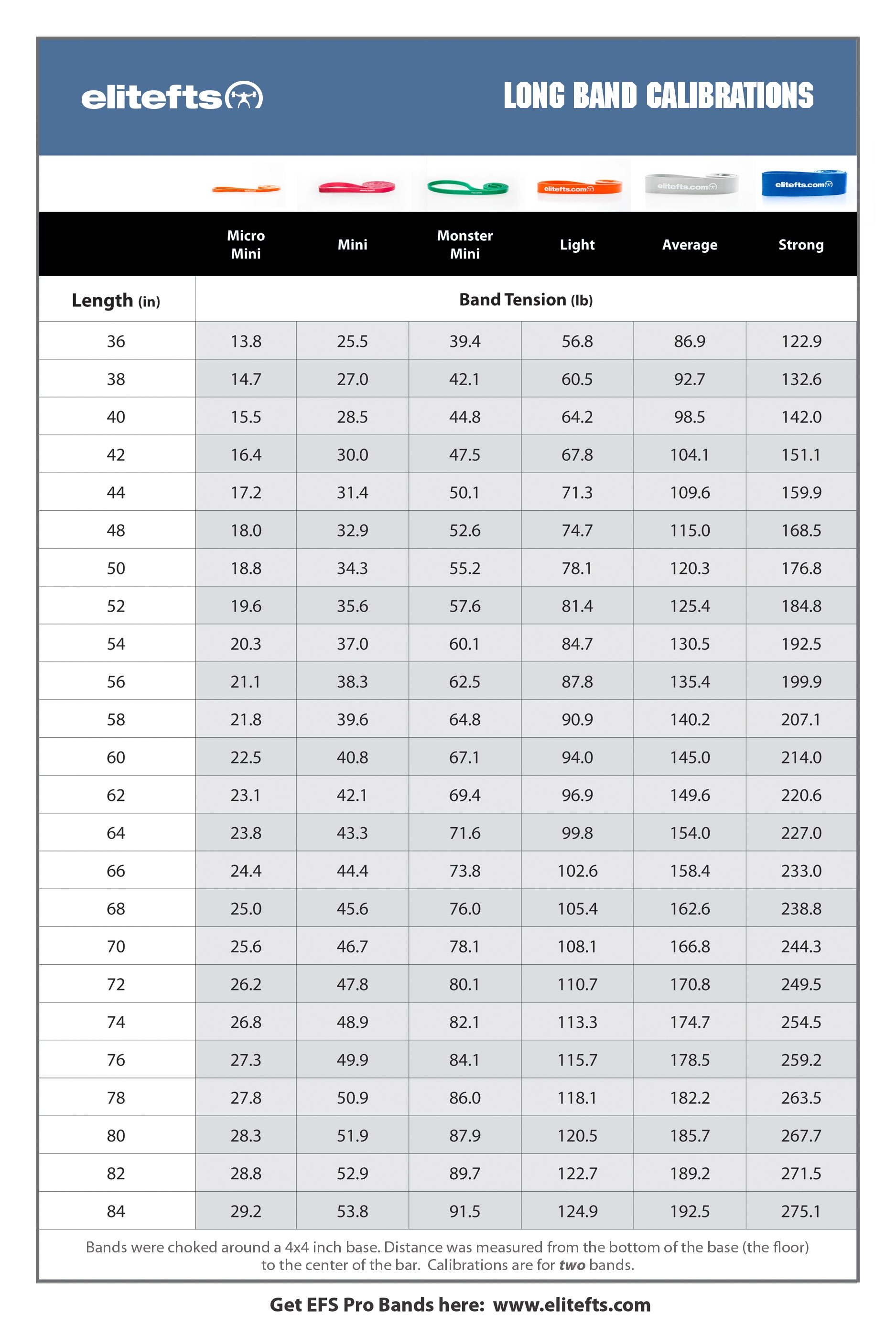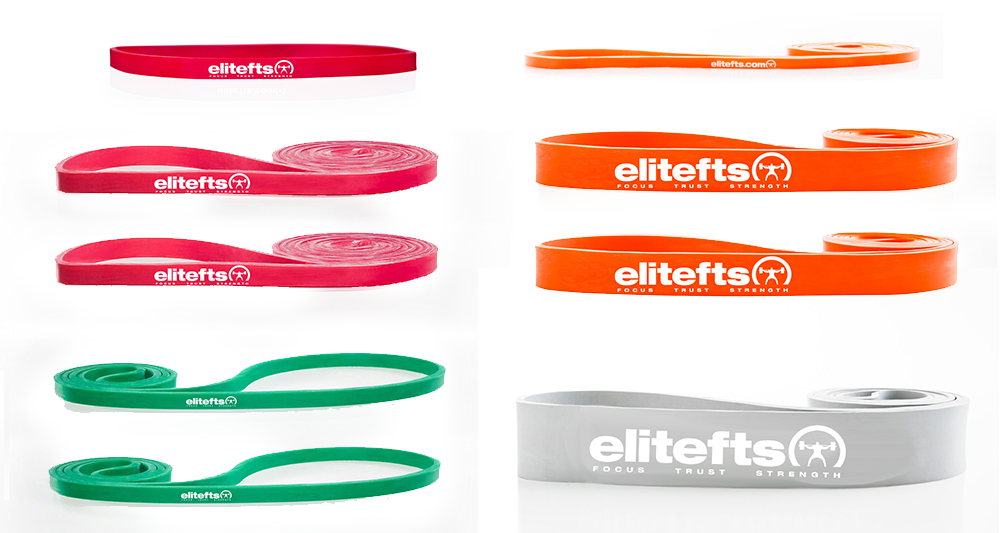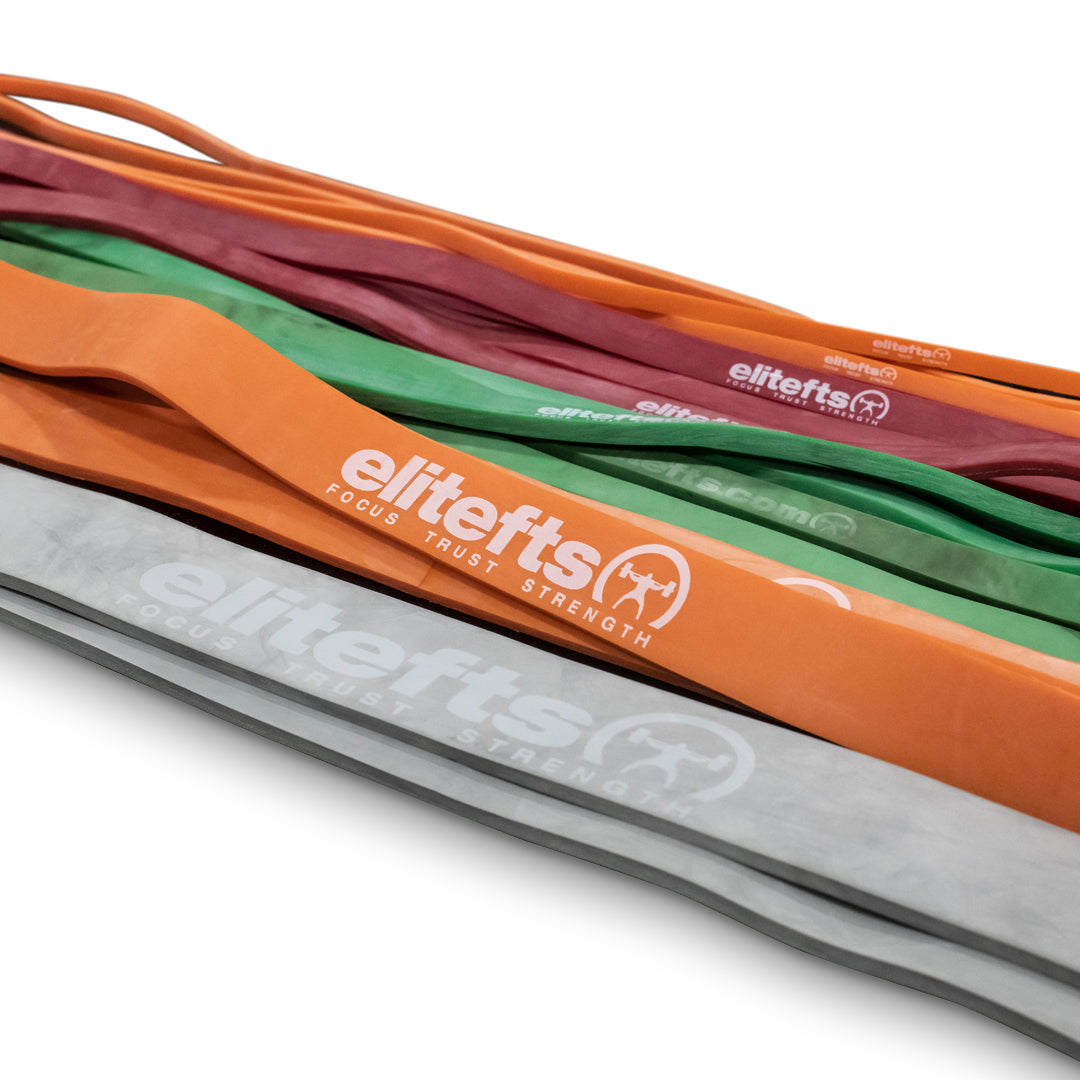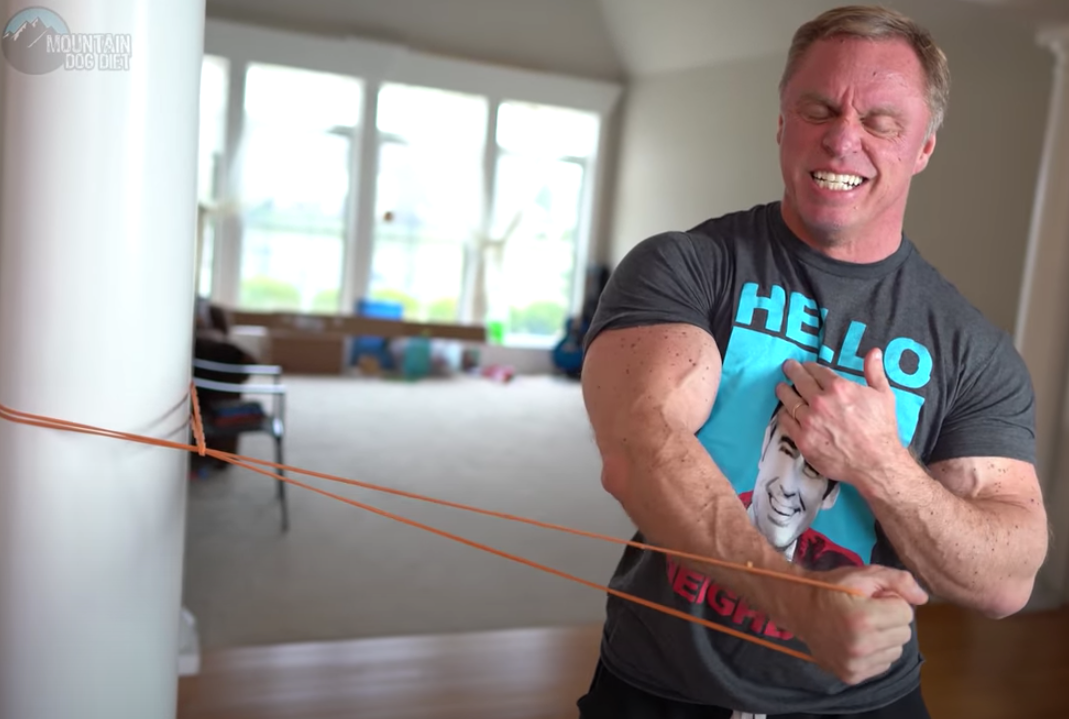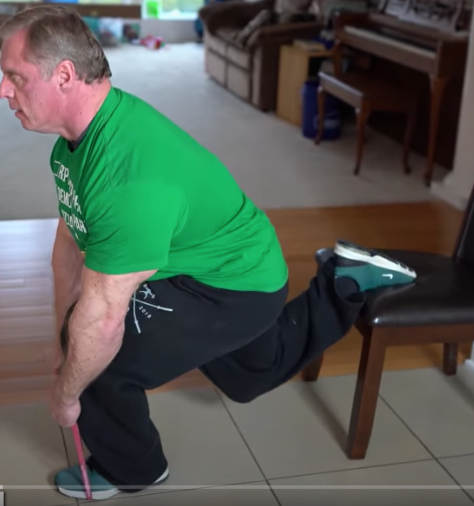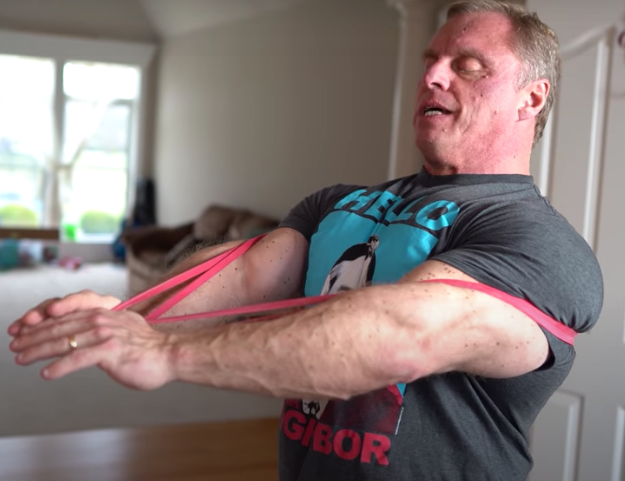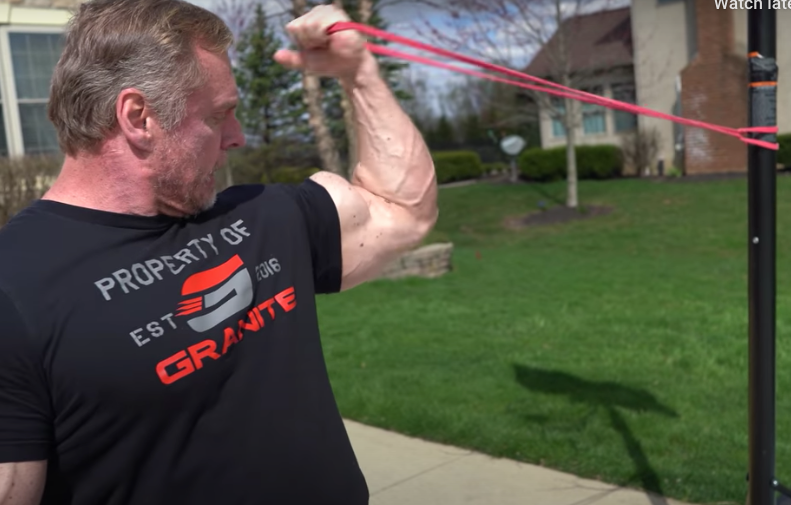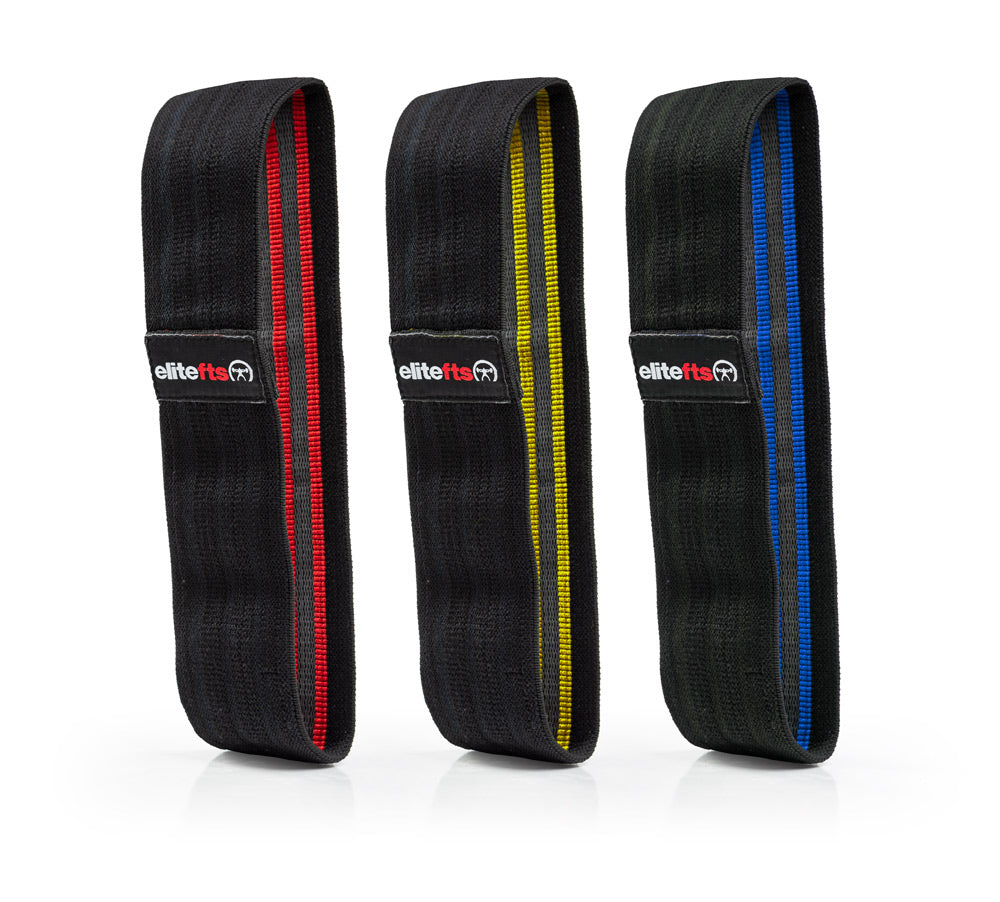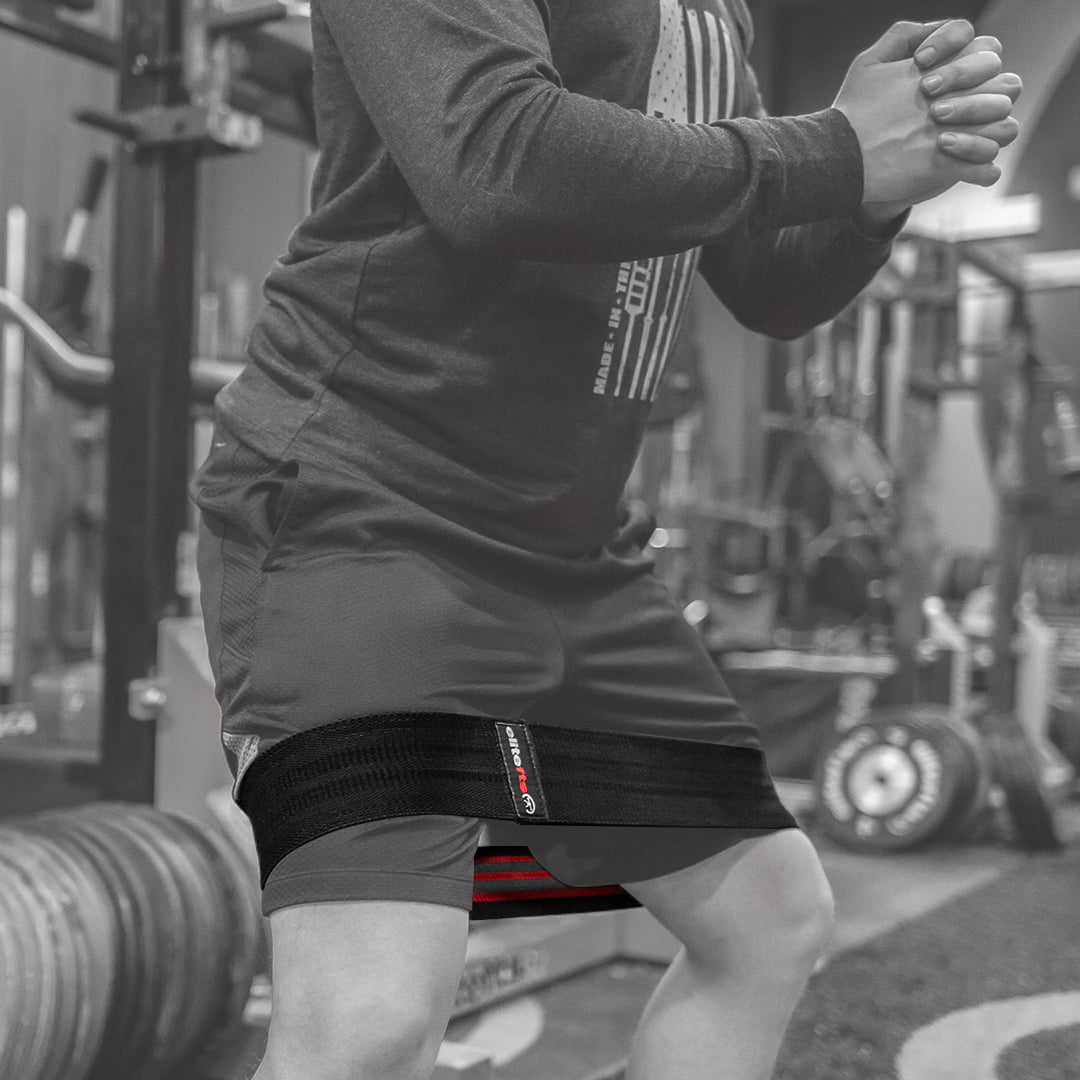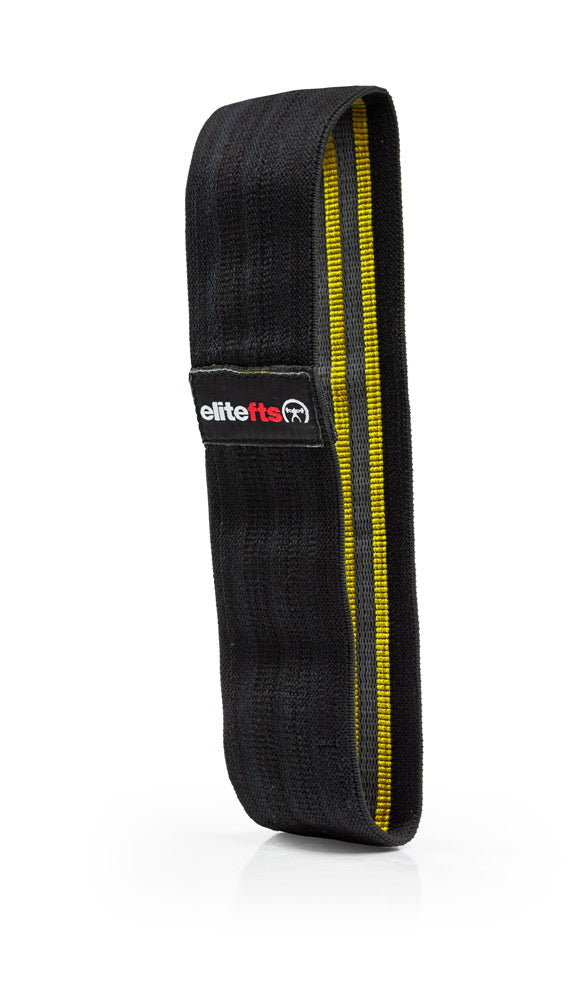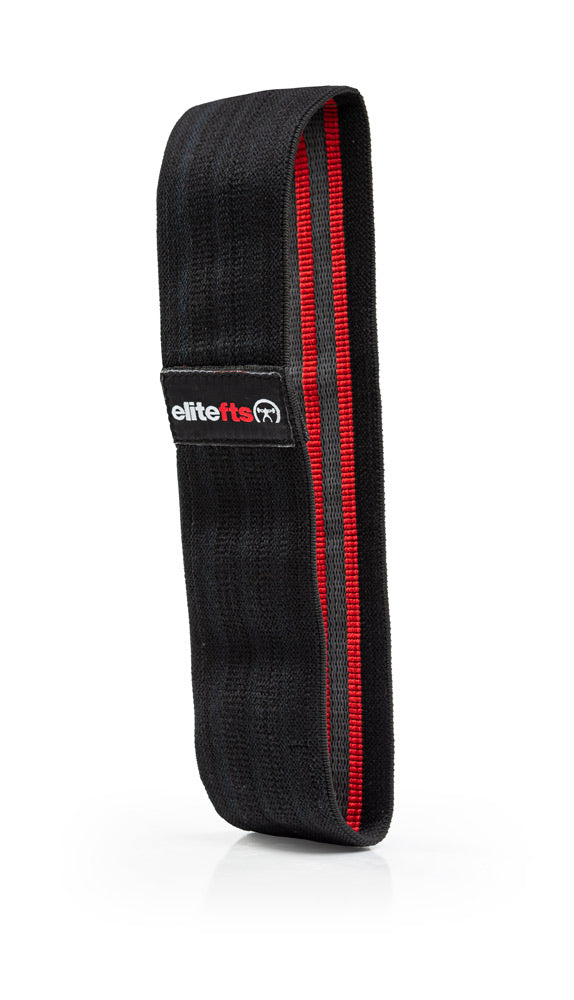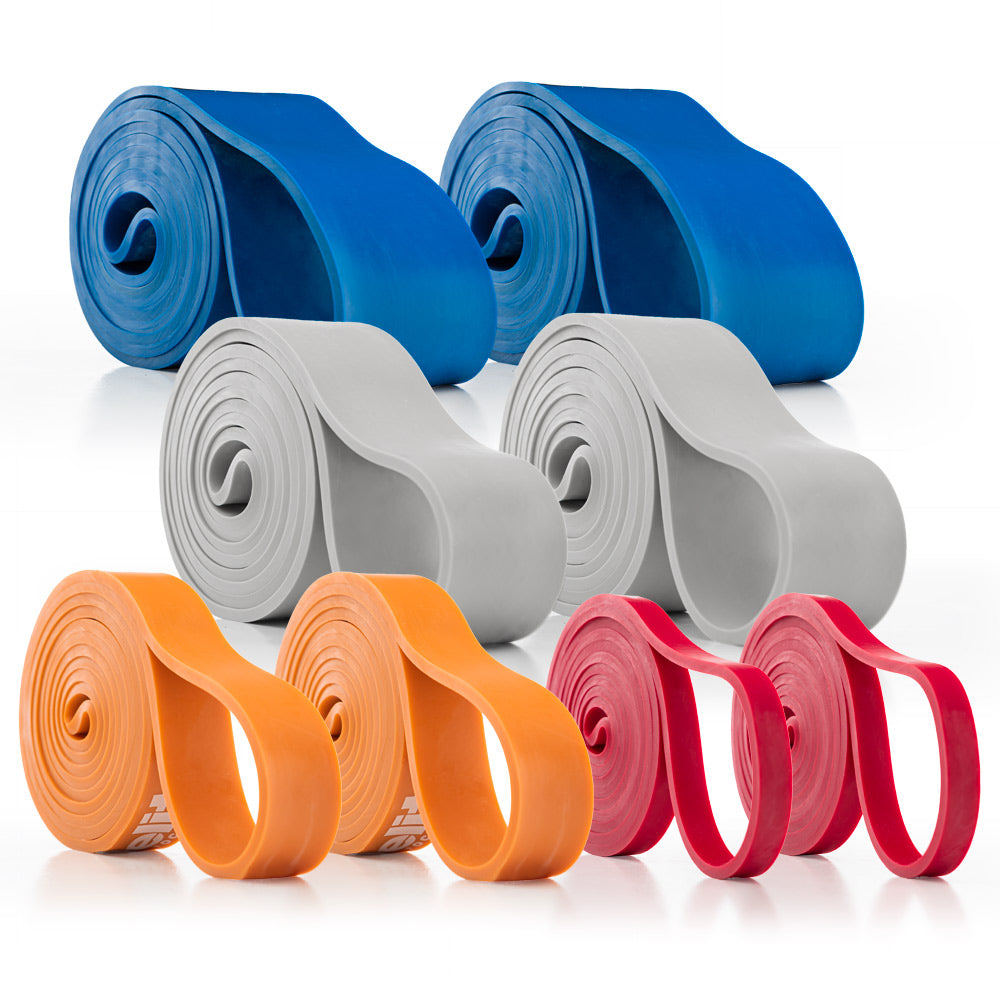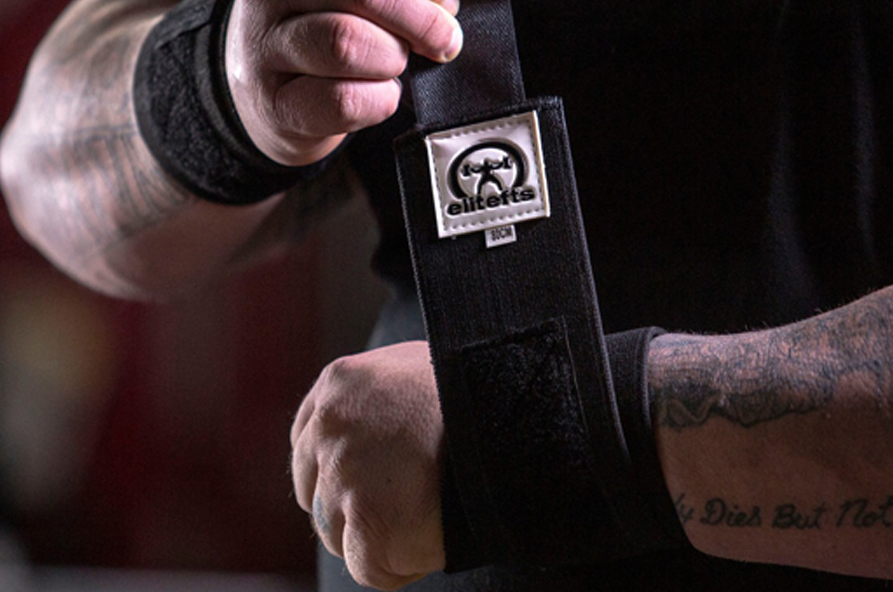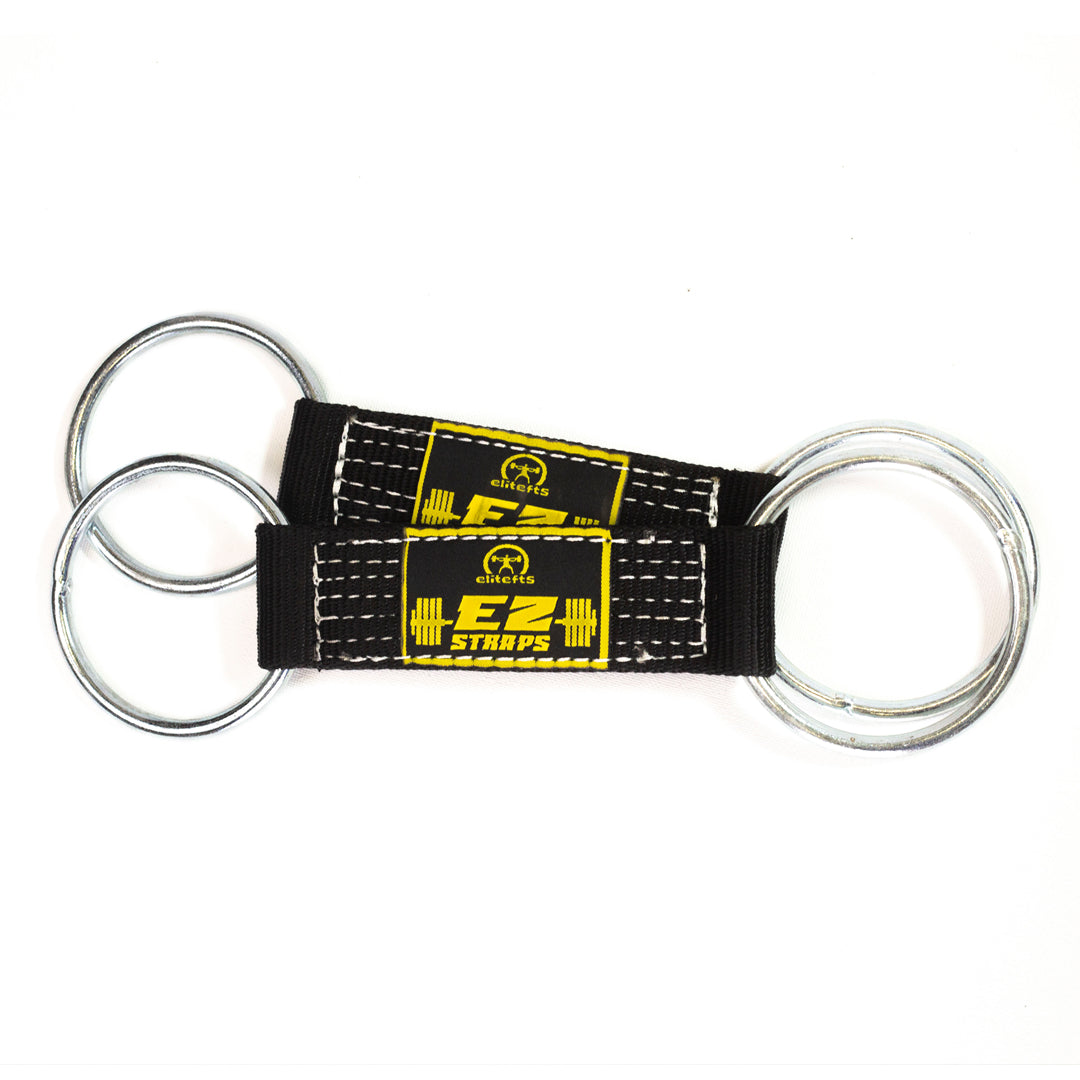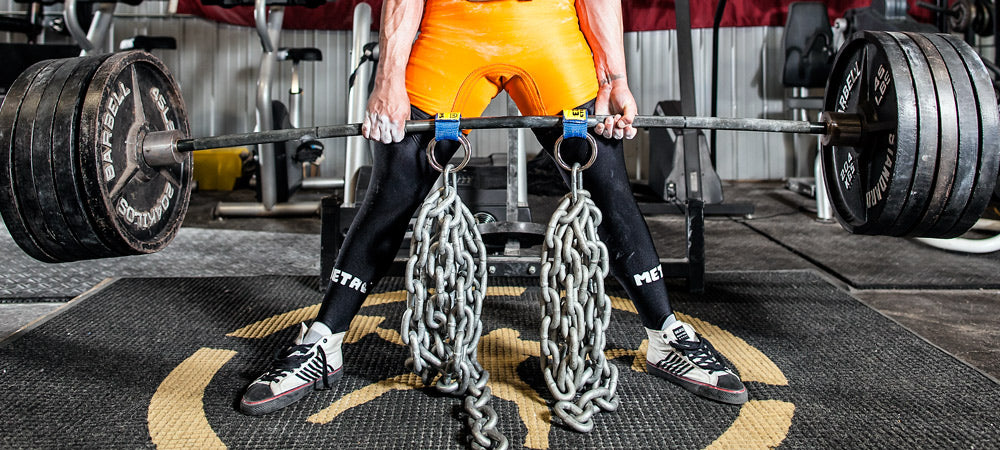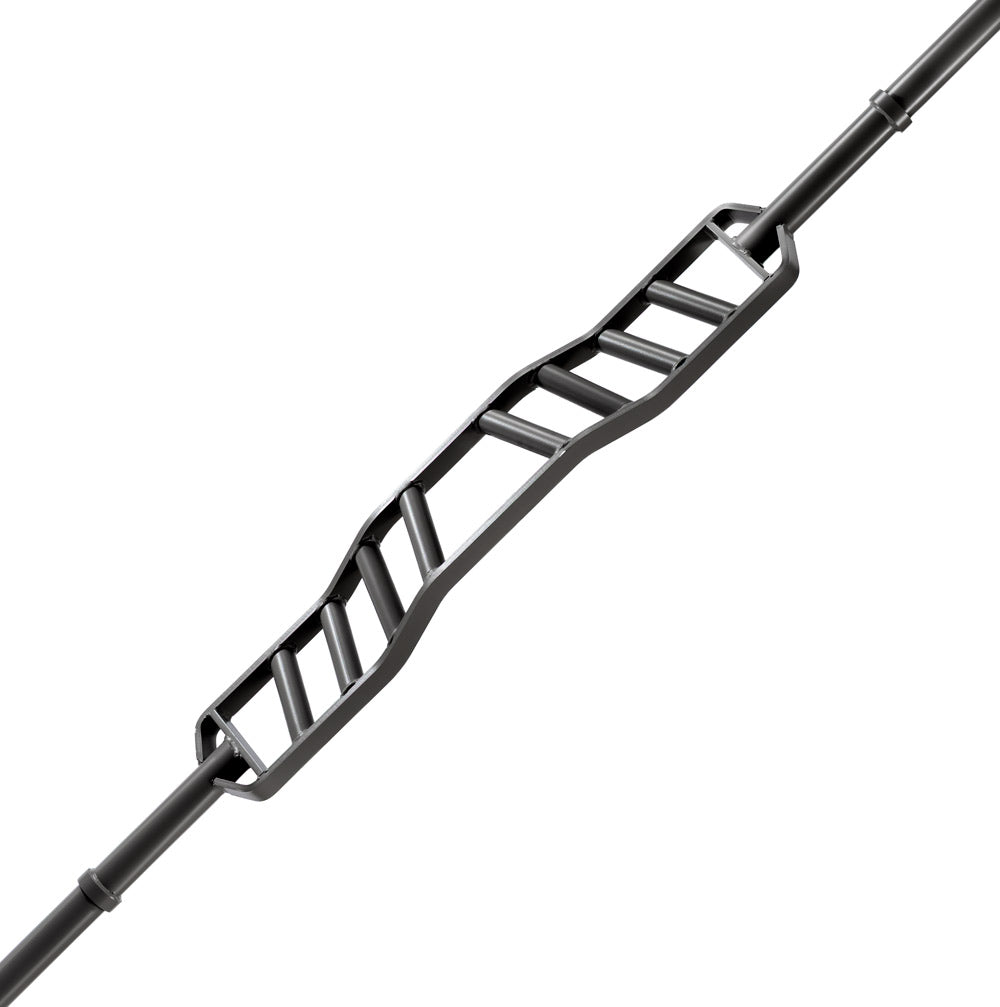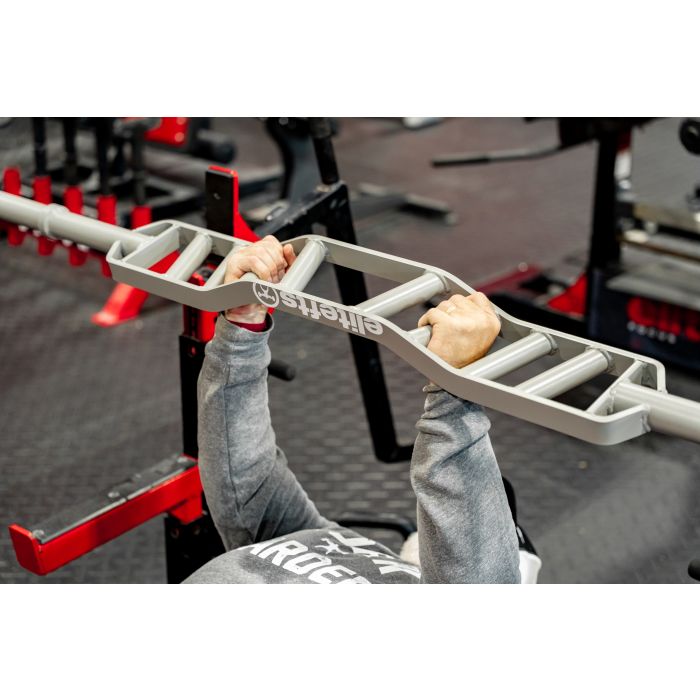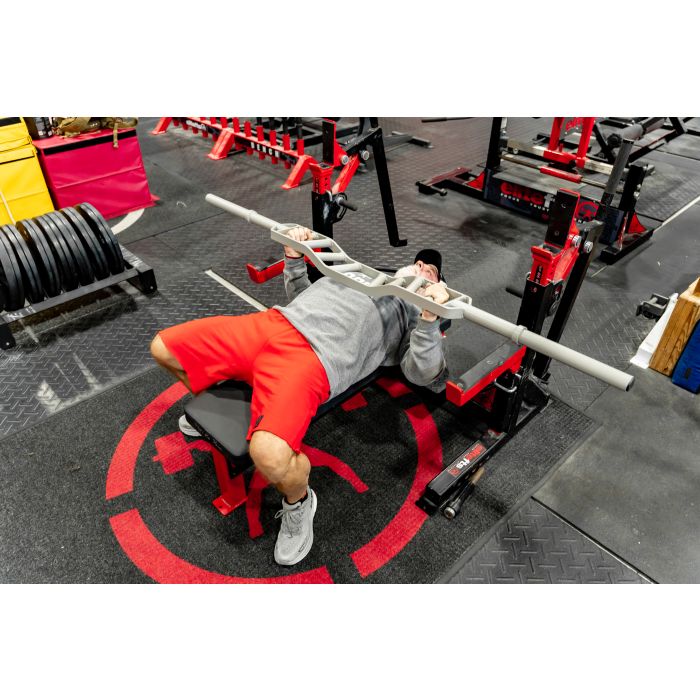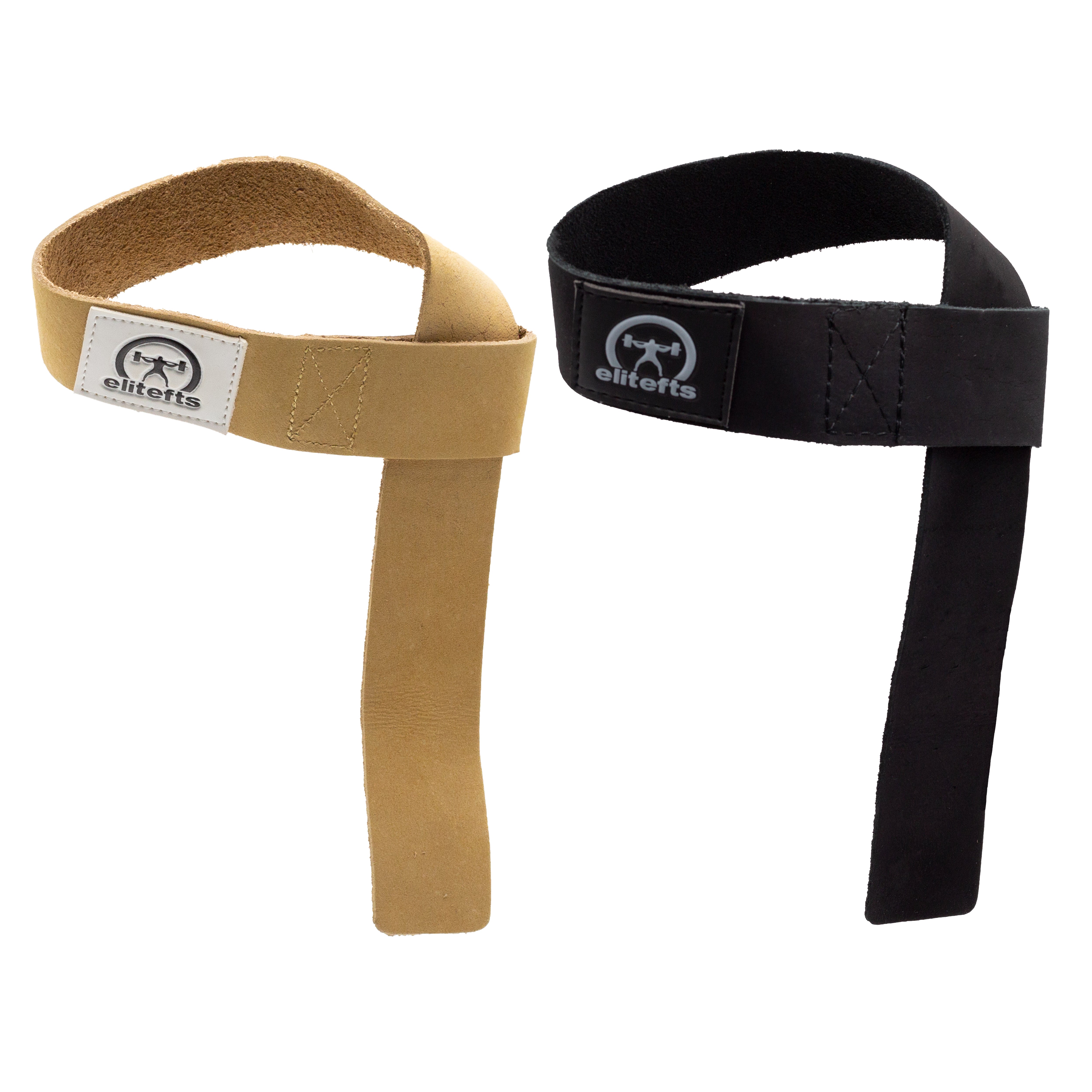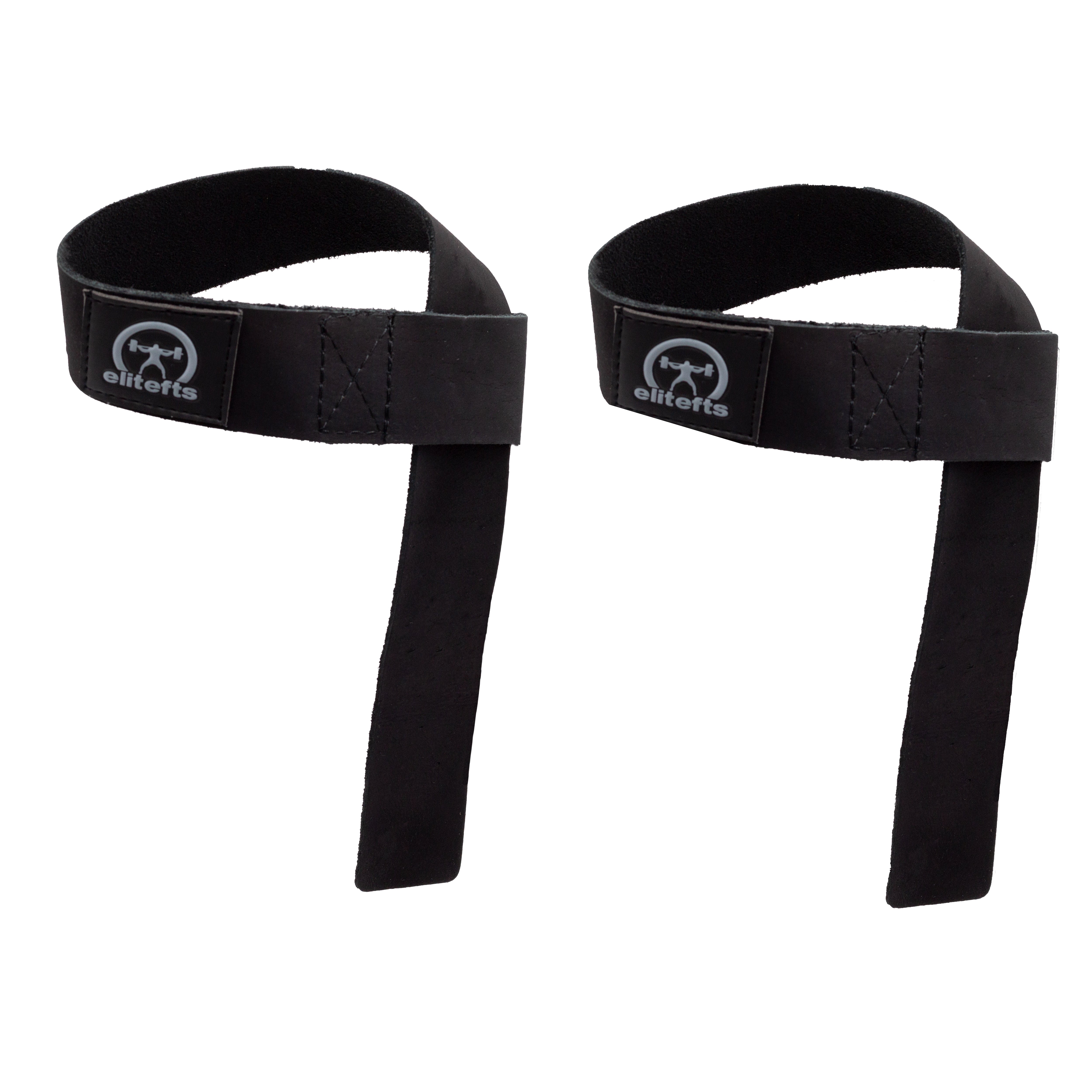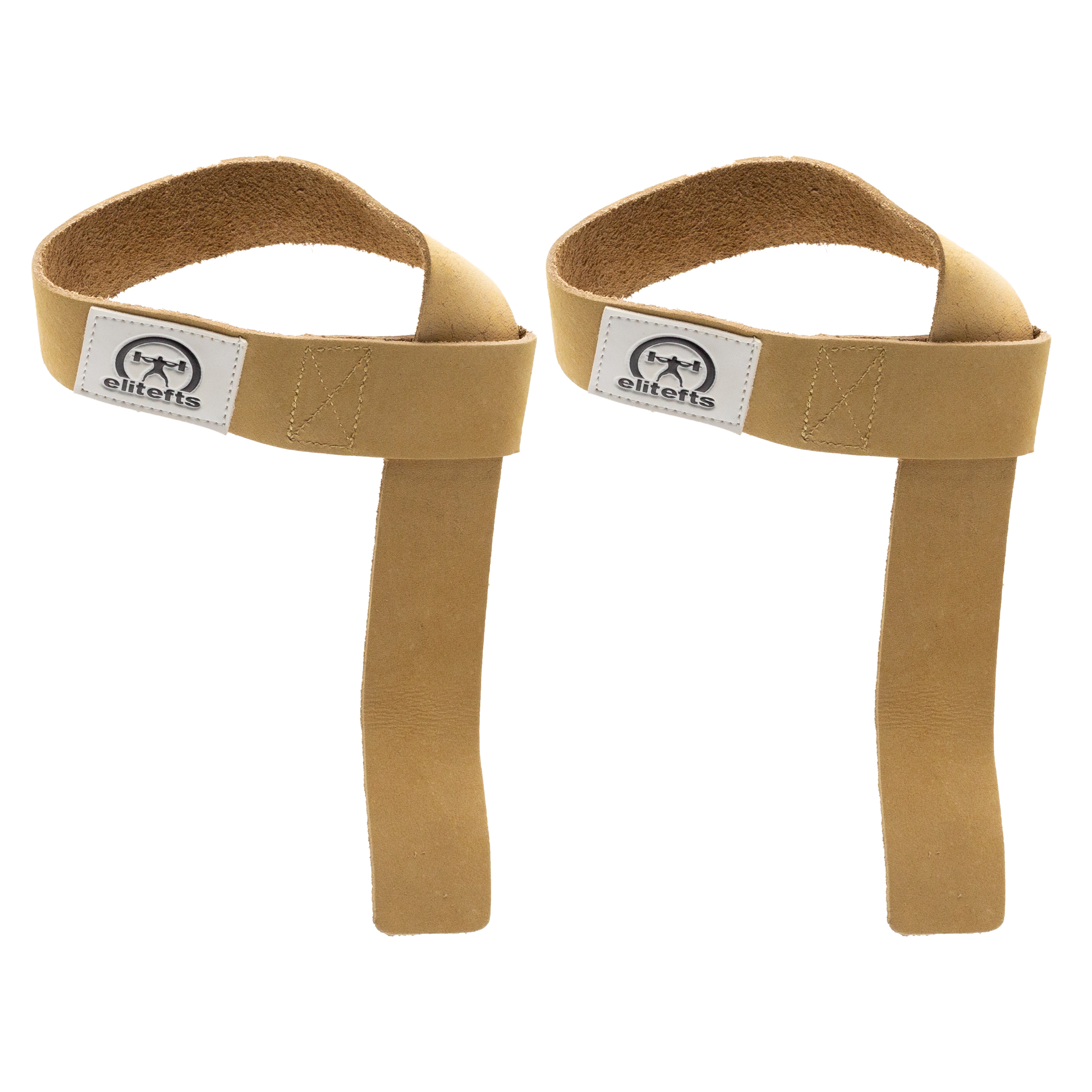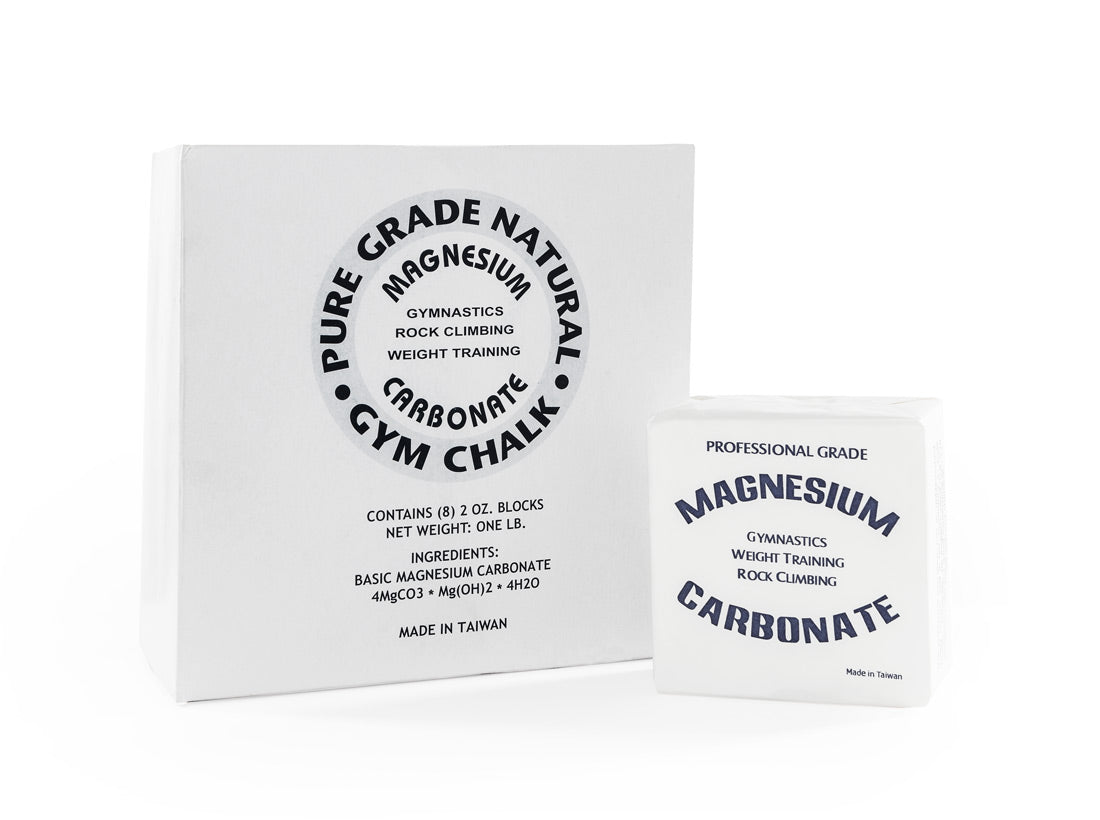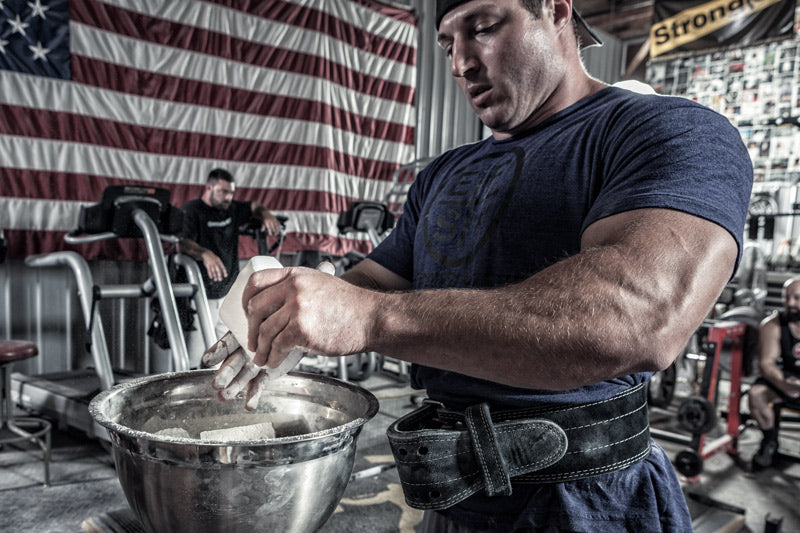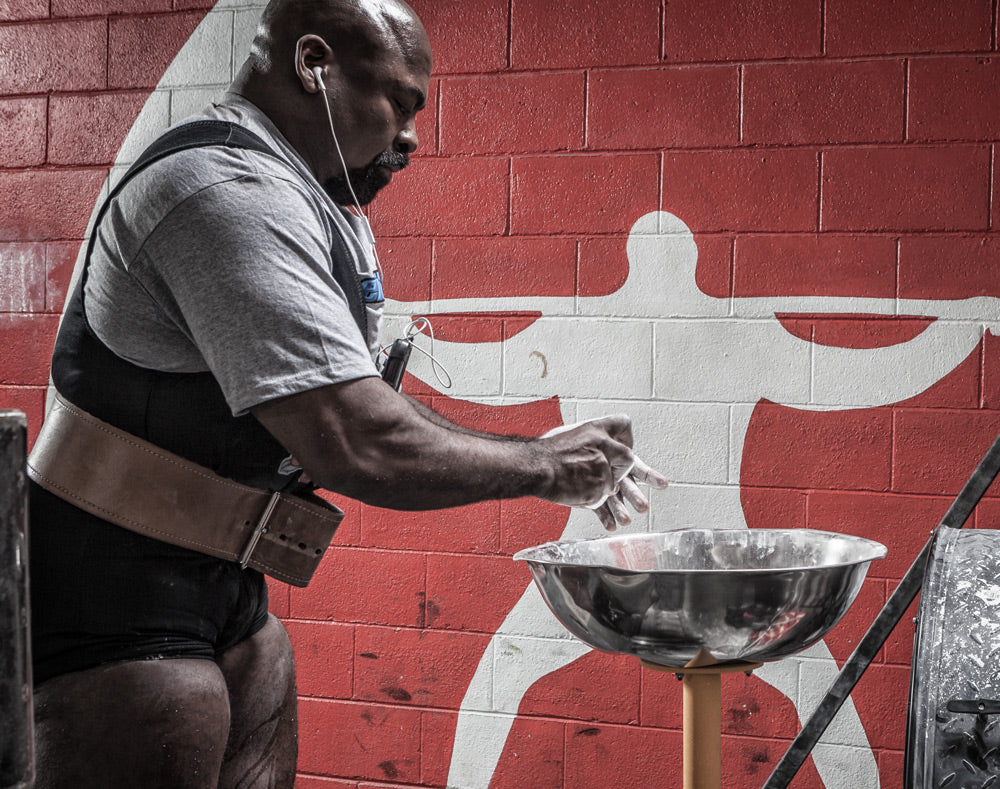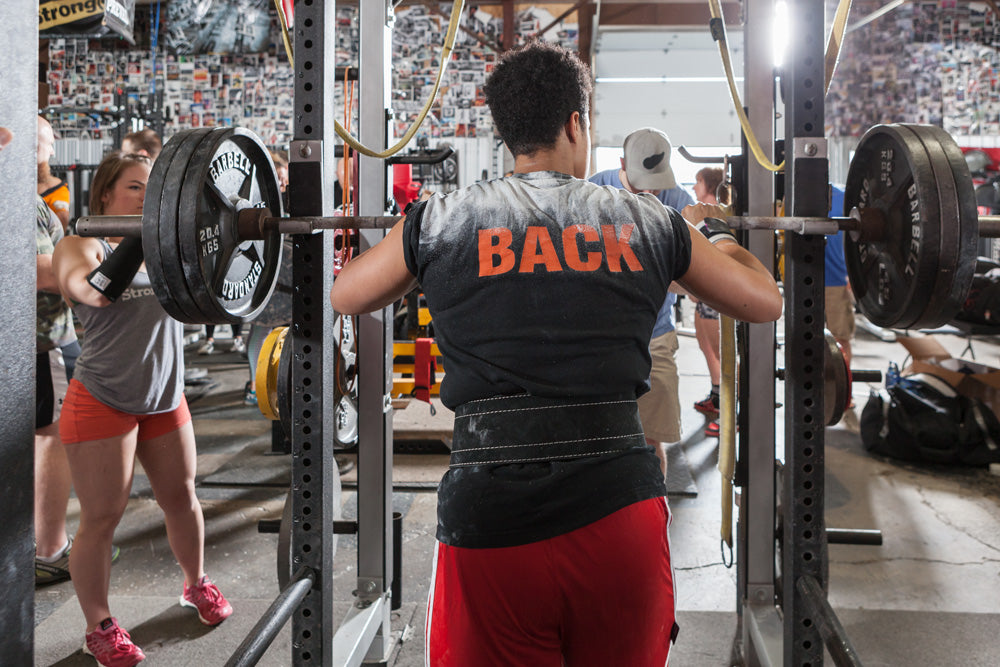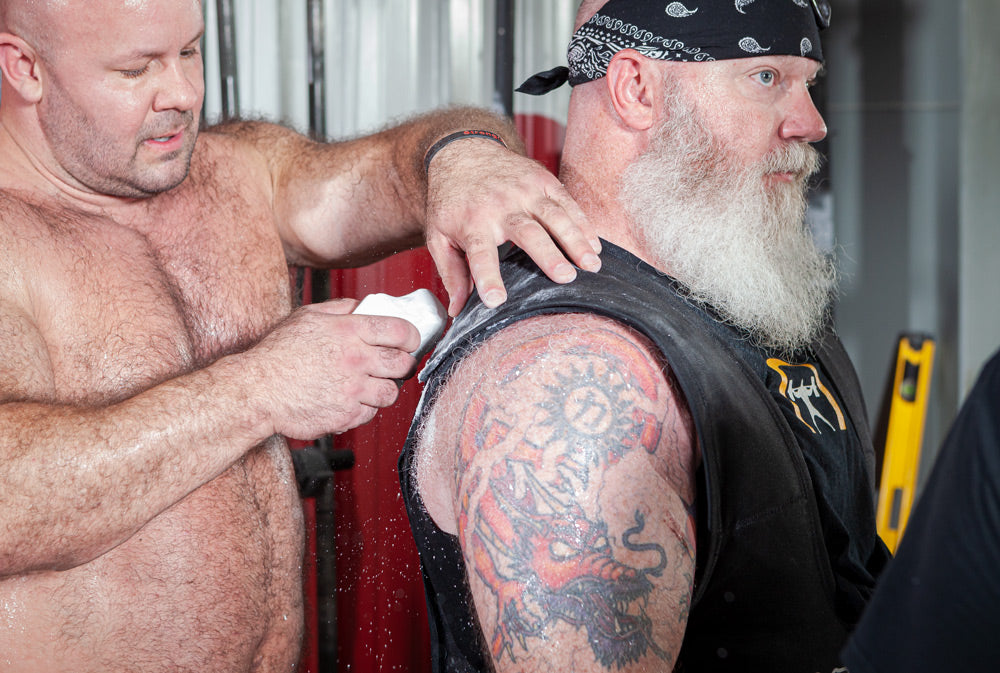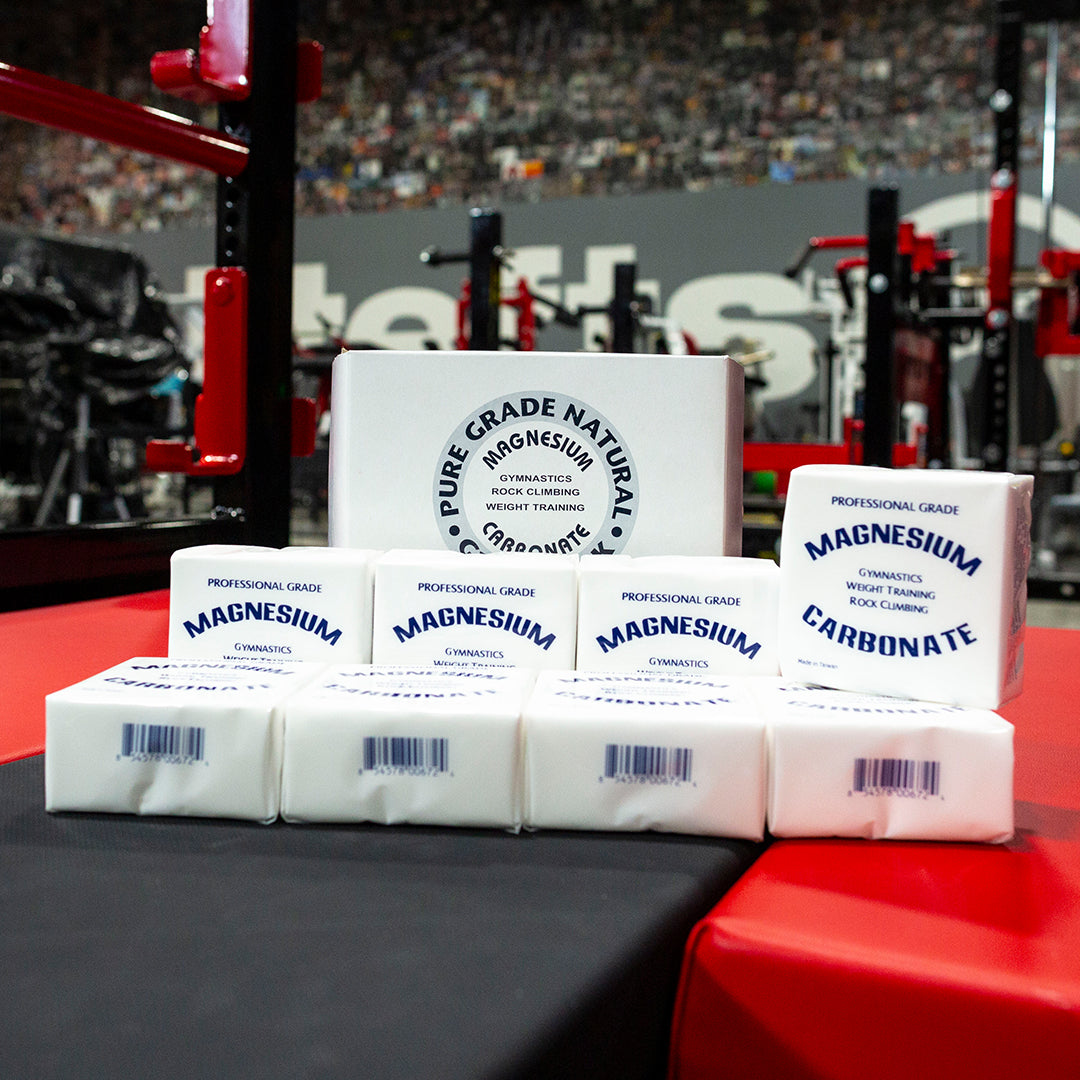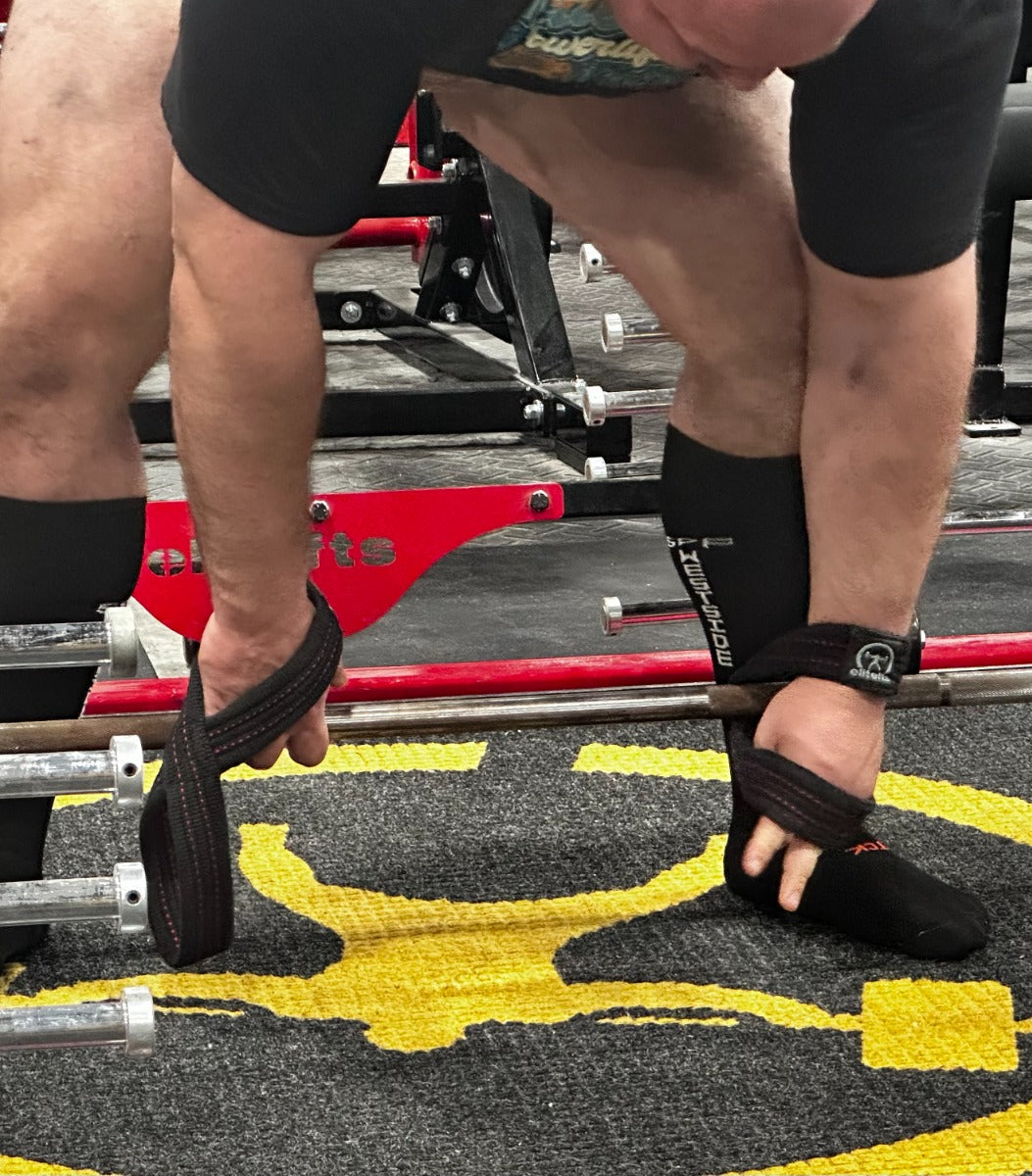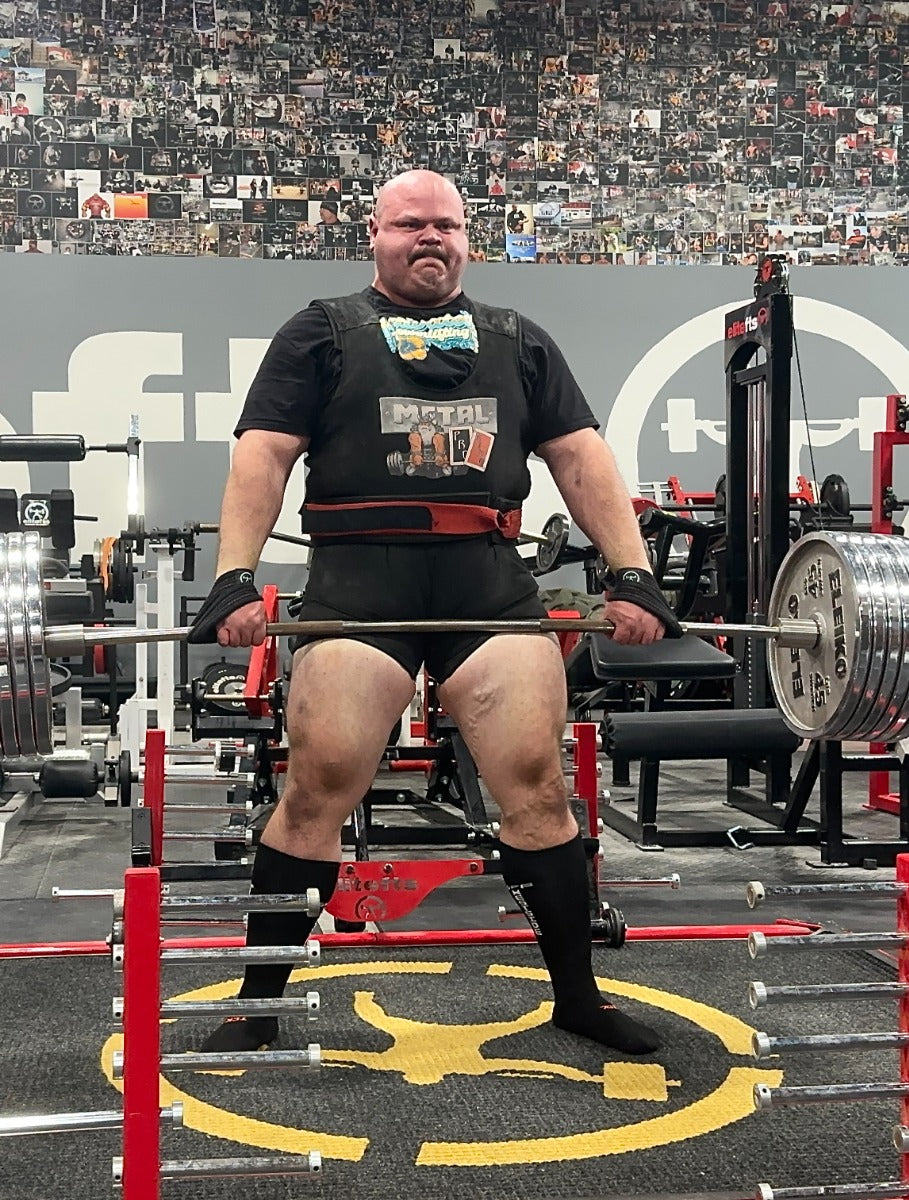Resistance training is the fountain of youth, and anyone interested in longevity should take note. Science has and will continue to bear this out over time. Yet, I assume most people reading this article won’t scribble longevity at the top of their list of reasons for training. Given enough time amongst the chalk and iron, longevity might rise to the top. But for the present day, most want to get big and strong — period. Muscle failure is paramount in this regard.
Defining Failure
Muscle failure is best described as repeating a movement pattern under load to the point at which muscle fatigue sets in, whereby completing another repetition with proper biomechanics is impossible. A certain amount of effort is required to push past the discomfort experienced on the road to genuine muscle failure. You won’t train your mind or body to go there while regularly flipping through your Instagram feed of Snapchat story at the gym — hence the reason the cell phone and social media addict's physique rarely changes from one year to the next.
MORE: The Research Meathead: Training to Failure
“The mind always fails first, not the body. The secret is to make your mind work for you, not against you.” — Arnold Schwarzenegger
Various factors play into achieving muscle failure. Unless you embarked on your maiden voyage to the local health club in the last week, you know this is true. Optimization of the central nervous system, adequate hydration, length of training experience, pre/intra-workout nutrition, cognitive efficiency, and a plethora of other factors dictate the speed at which a trainee hits muscle failure. We’ll assume you’ve achieved the mental fortitude necessary to hit authentic muscle failure.

Heavy or Light?
A 2016 study in the Journal of Applied Physiology recruited 49 young men with at least a year of resistance training experience under their proverbial weight belts. Participants were randomly divided into two groups. Group one trained to failure with 75-90% of their one-rep max (1RM), while group two trained to failure with 30-50% of their 1RM. Participants trained to failure based on their given percentages for three sets of various exercises four days per week for a total of 12 weeks. The 75-90% 1RM group hit failure around 10 reps, while the 30-50% 1RM group hit failure around as many as 25 repetitions. Which group do you think gained the most strength and size?
The results were unambiguous. No significant difference existed between the two groups in regards to strength, size, hormone levels, or health. The researchers concluded that muscle fatigue to the point of momentary muscle failure played a larger role than the amount of weight lifted. This is astonishingly good news for a guy like me who loves to train and wants to continue improving while confronted with the reality that I can no longer safely move the poundage I did in my 20’s.
Plateaus
Training for any length of time invariably means you’ll hit plateaus. Intelligently placed muscle failure sets in a program work like a wrecking ball on these plateaus. I say intelligently because, just like a callus builds over time in response to the knurling on a barbell, overexposure leads to broken, bloody palms. You cannot train to failure on every set or every workout without central nervous system burnout, or worse, a serious injury. At most, I suggest training to failure on a single set of one to two exercises for a given body part on primary training days, where the utilization of intensity techniques are encouraged to challenge the body.
RELATED: Failure: A Way to Train Your Fortitude
Training Partners
A training partner is essential to effectively hitting muscle failure on most exercises. It’s difficult to hit absolute muscle failure or even push for forced reps without the assistance of a trusted workout partner. It’s curious to note that when another person stands encouraging you to get another rep, you often do it. That means the path to real growth is rarely, if ever, found by the lone rangers. Value those friends worthy of trust who are willing to push you inside and outside the gym.
The Bottom Line
Growth rarely comes without effort. Growth never comes without pain — the pain of pushing right up to or beyond your capabilities. Nobody stumbles into muscle failure any more than they stumble into a PR. Effort and pain precede growth in the gym, just like they precede growth outside the gym. They are rarely sought out alone. My best seasons of growth have come because someone pushed me to do better, try harder, or simply pray more diligently. Don’t shy away from the tough stuff in life. God often uses those moments to shape you in positive ways. Sometimes the gardener must prune the dead branches so in the next season the tree will bear more fruit, despite the pain of the shear.

Mark Dugdale is an IFBB Professional Bodybuilder via an overall win at the 2004 NPC USA and to-date competed in over 35 pro contests including 5 Olympia appearances. Mark and his wife Christina enjoy 21 years of marriage and three daughters – 19, 17 and 15. Aside from his passion for training he is the sole owner of Garden Fresh Foods which operates out of a 42,000 square foot building and employs over 80 people while providing fresh-cut produce solutions to foodservice and food manufacturers in the greater NW region. Highly engaged in running Garden Fresh Foods alongside Christina, his future competitive plans remain uncertain at present. To maintain his sanity raising daughters and running a business he continues to challenge himself in the gym as evidenced by his active training log. His overarching goal is to display the fingerprints of Jesus in all areas of his life.

